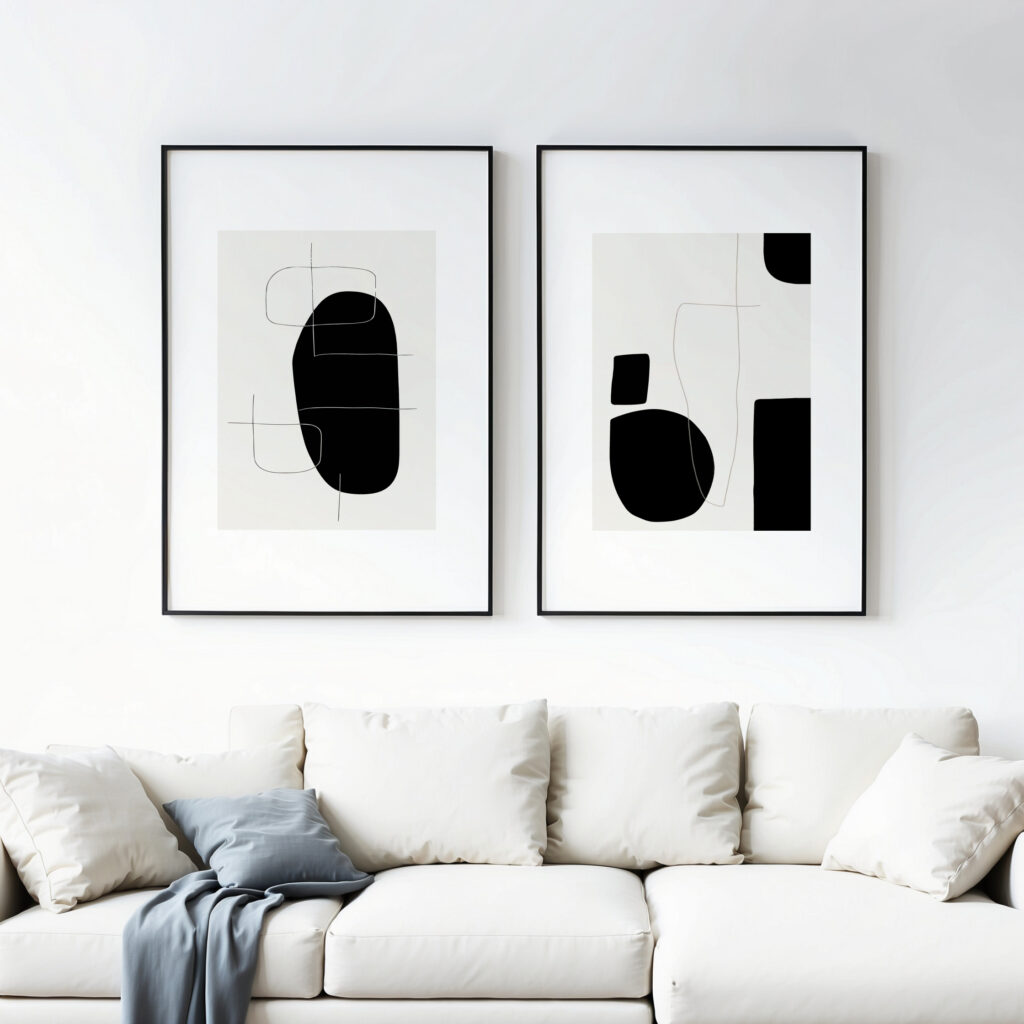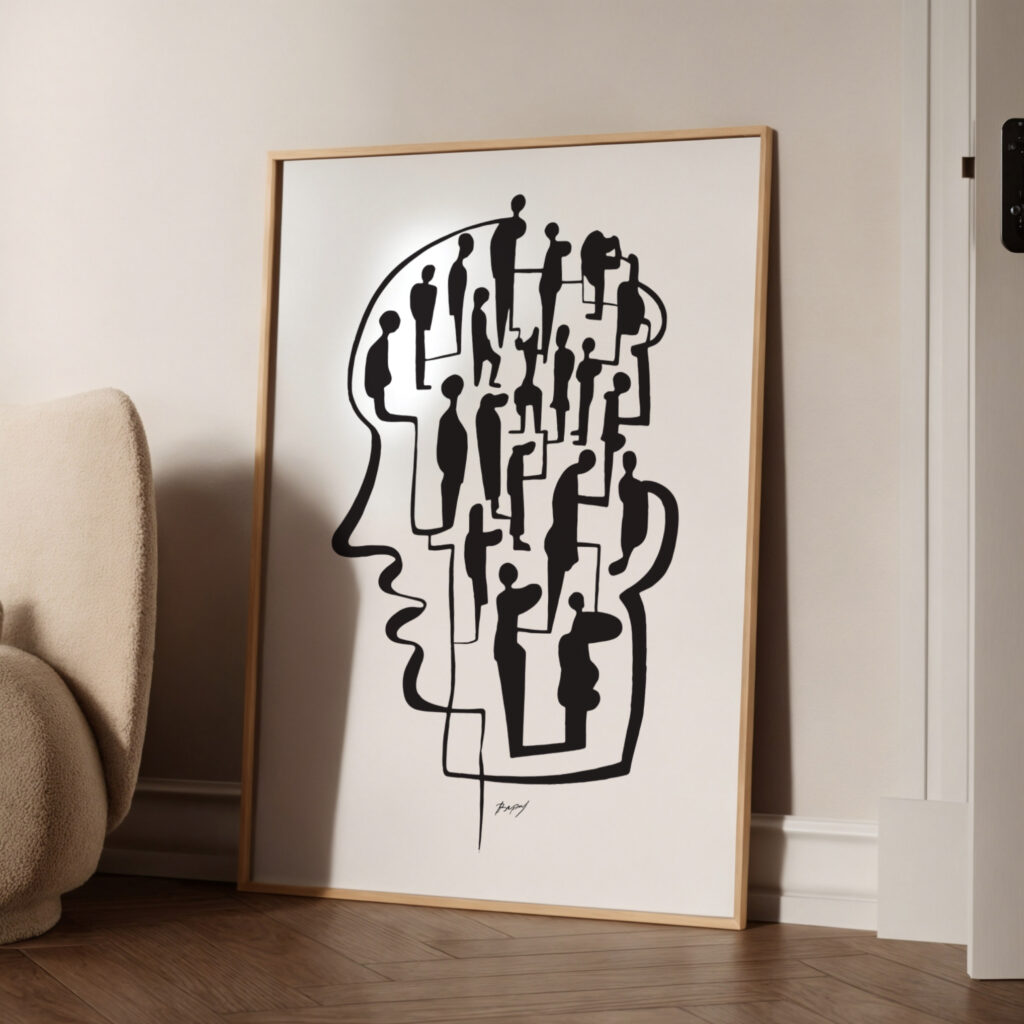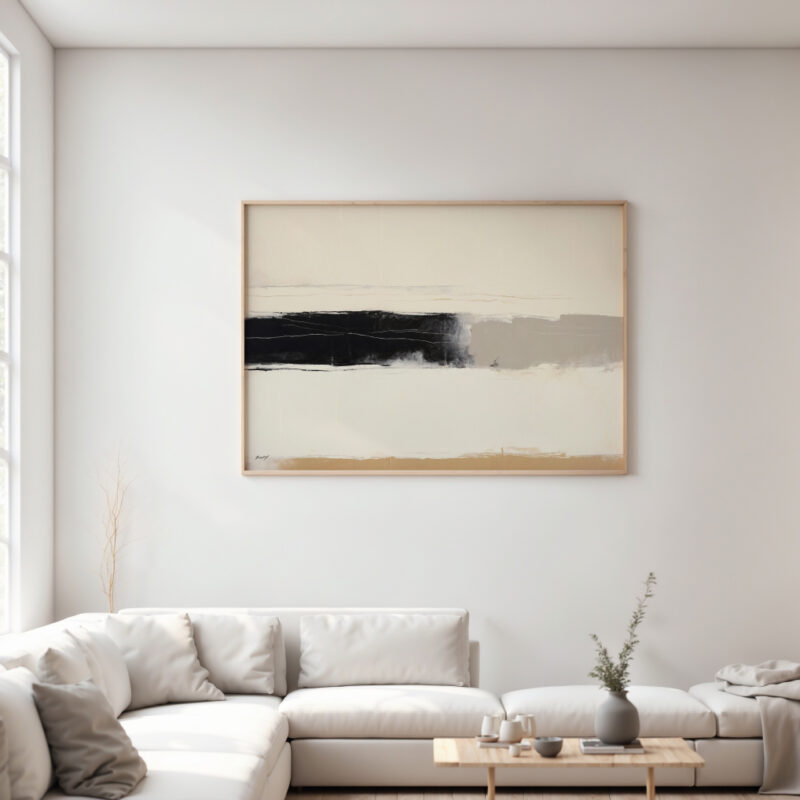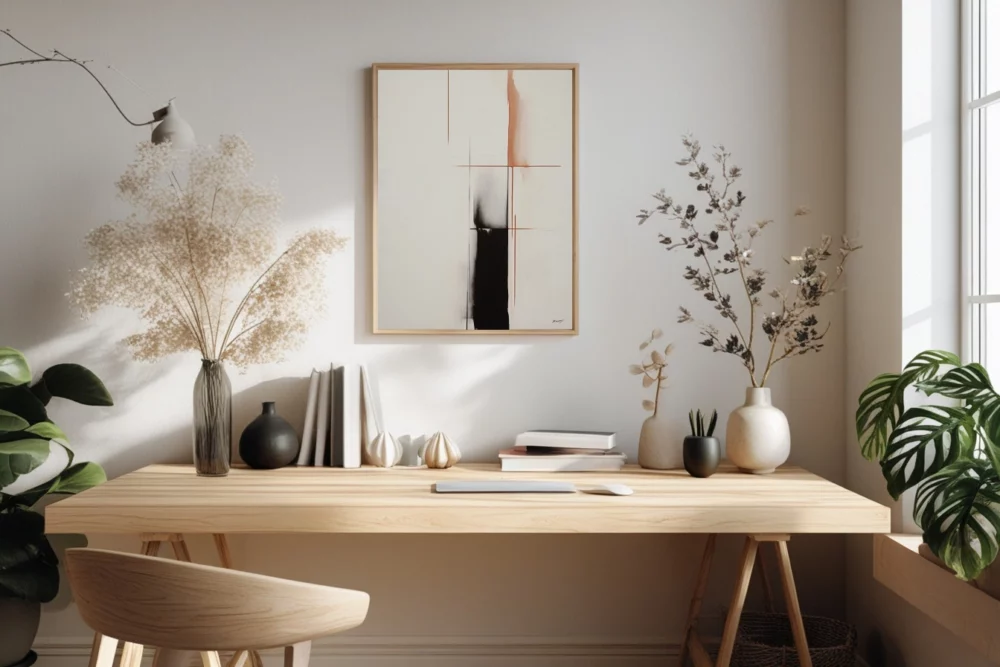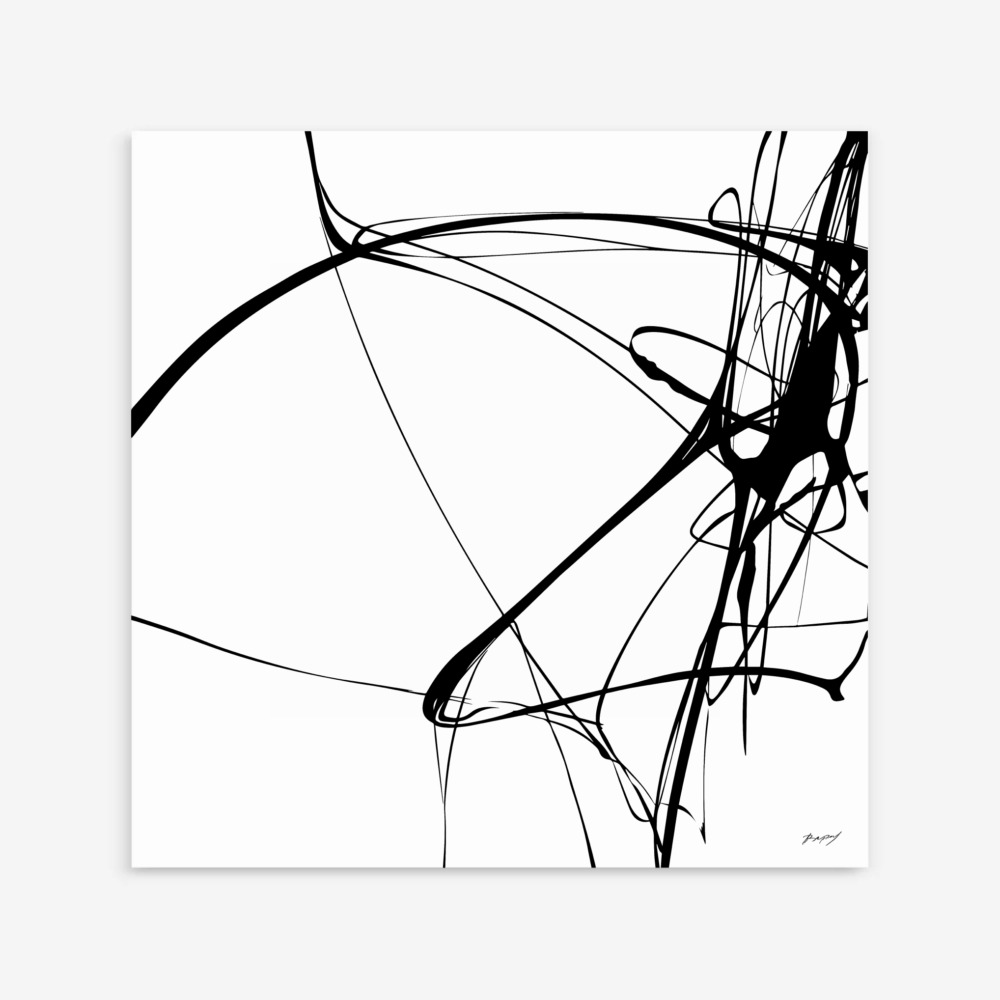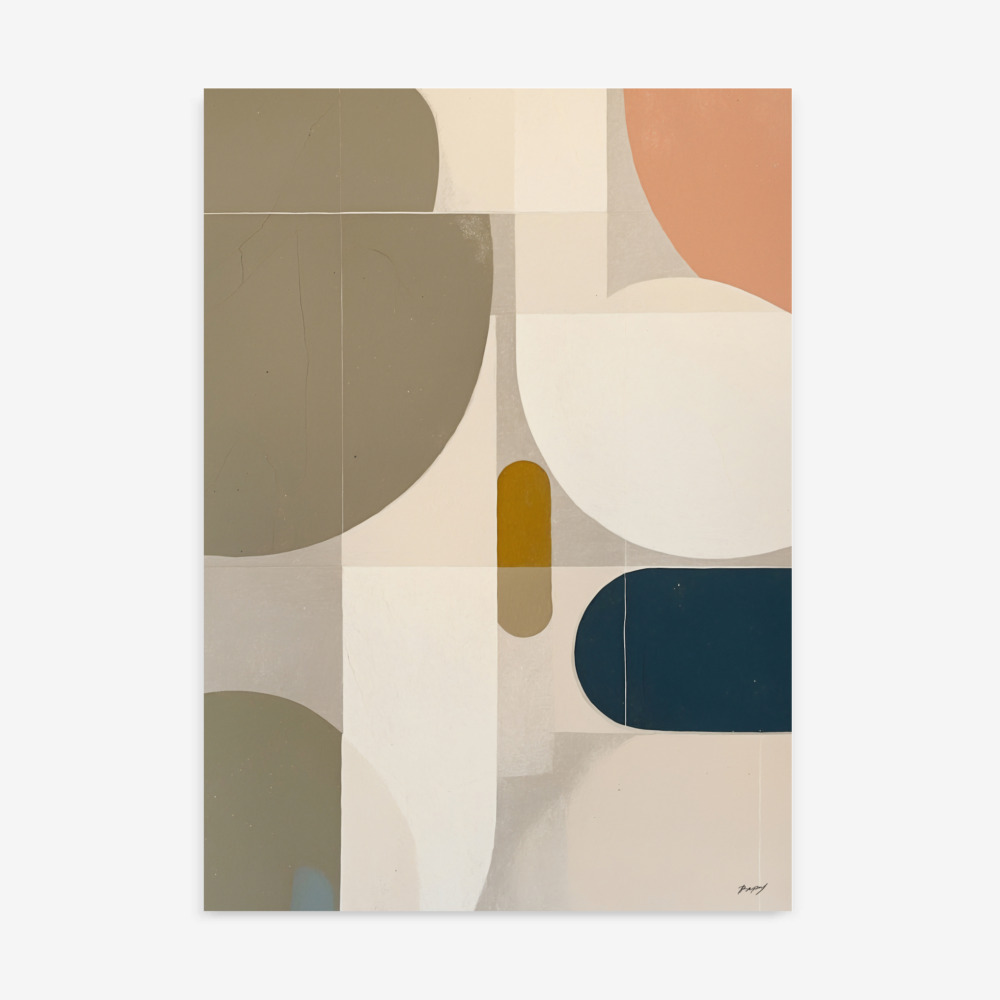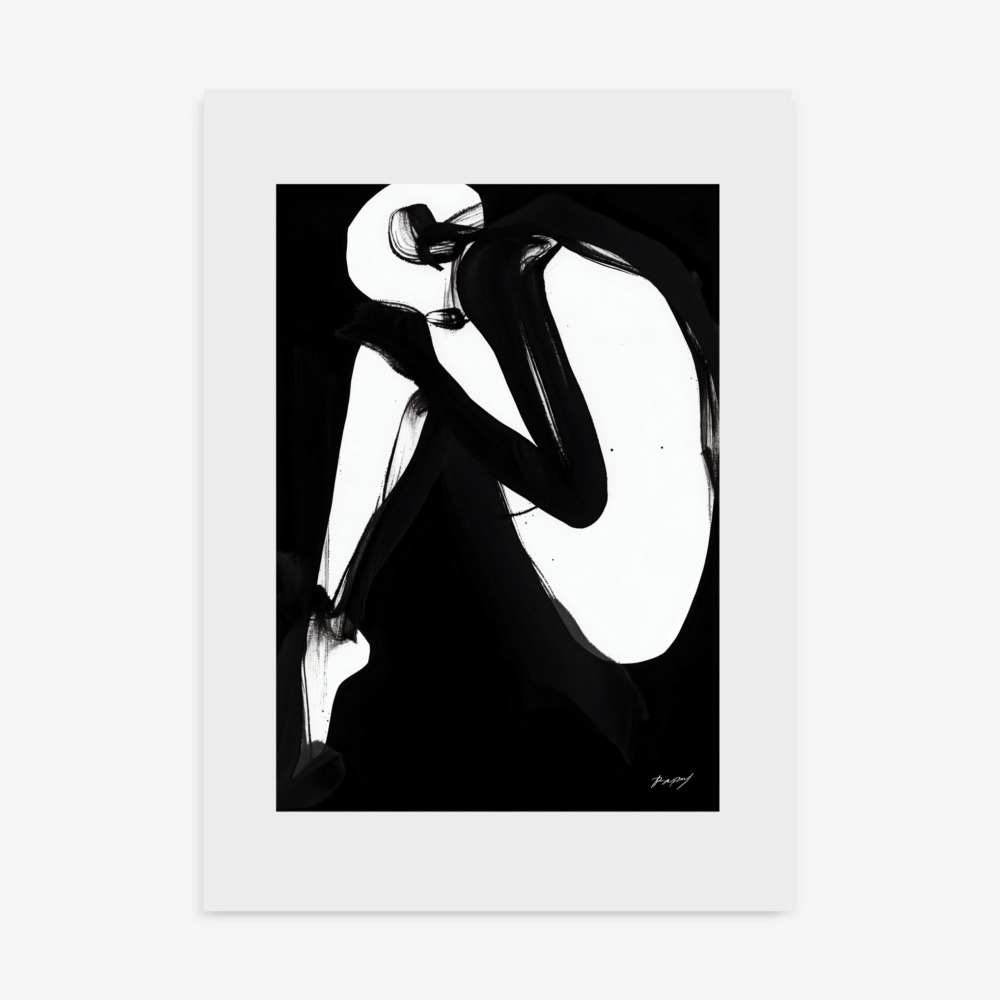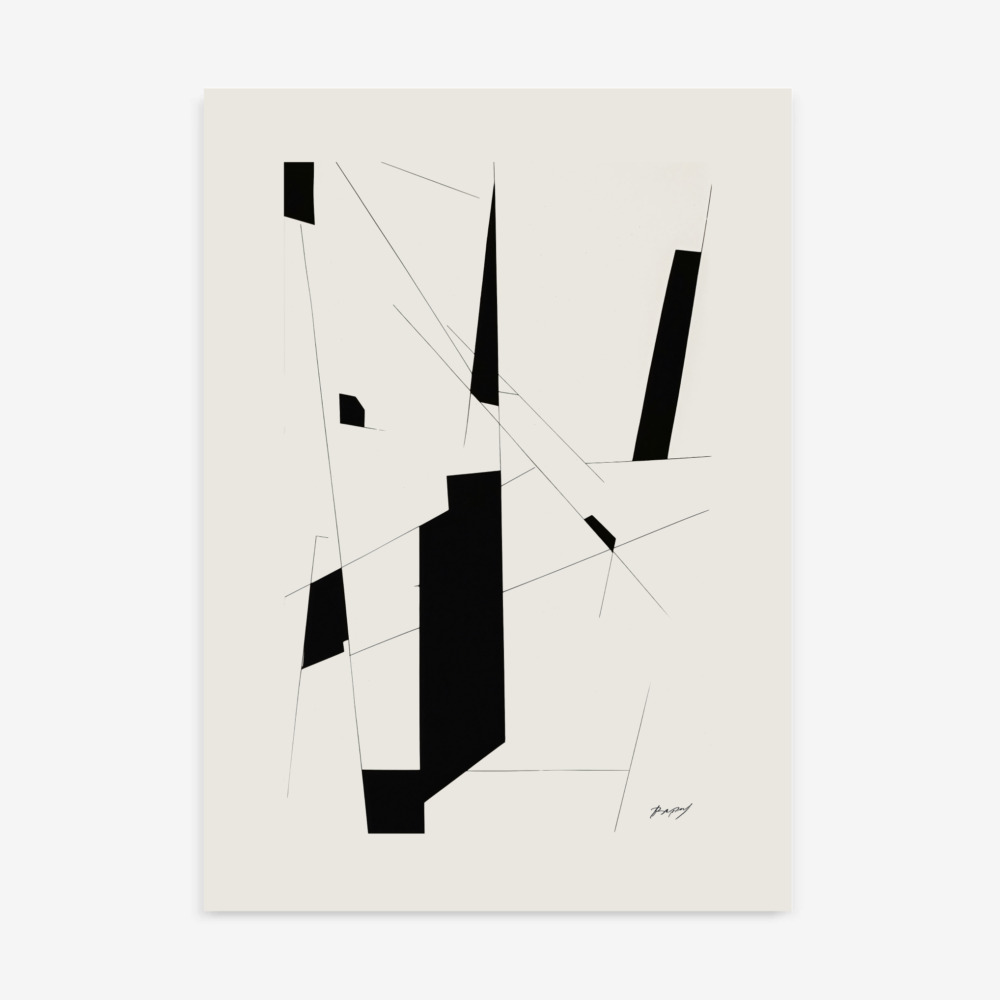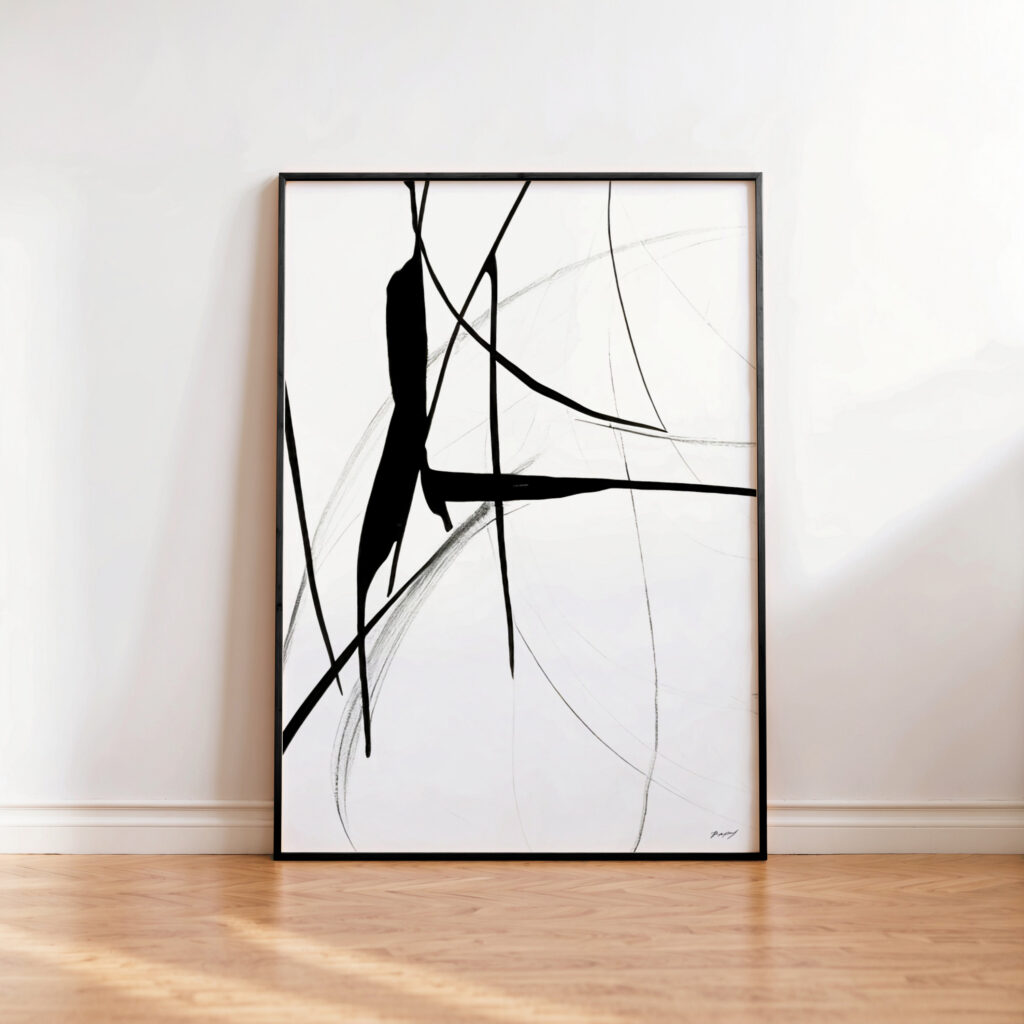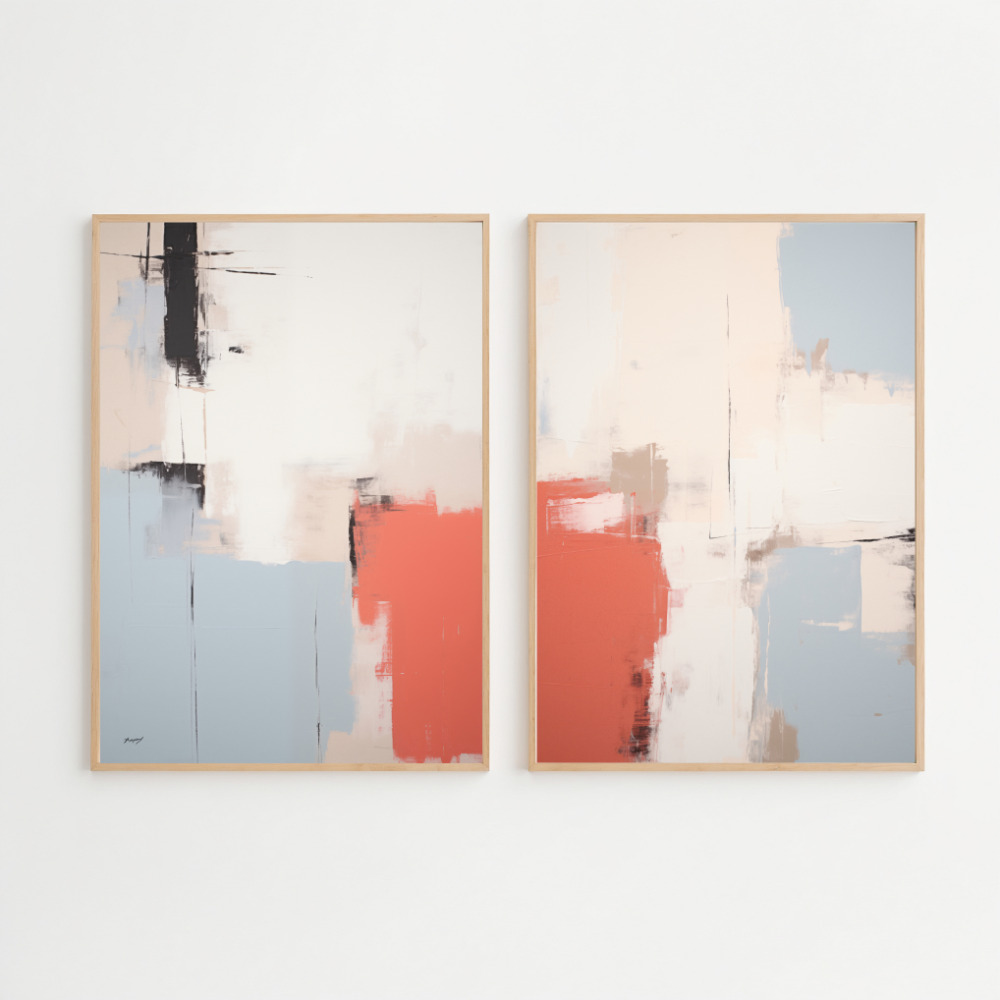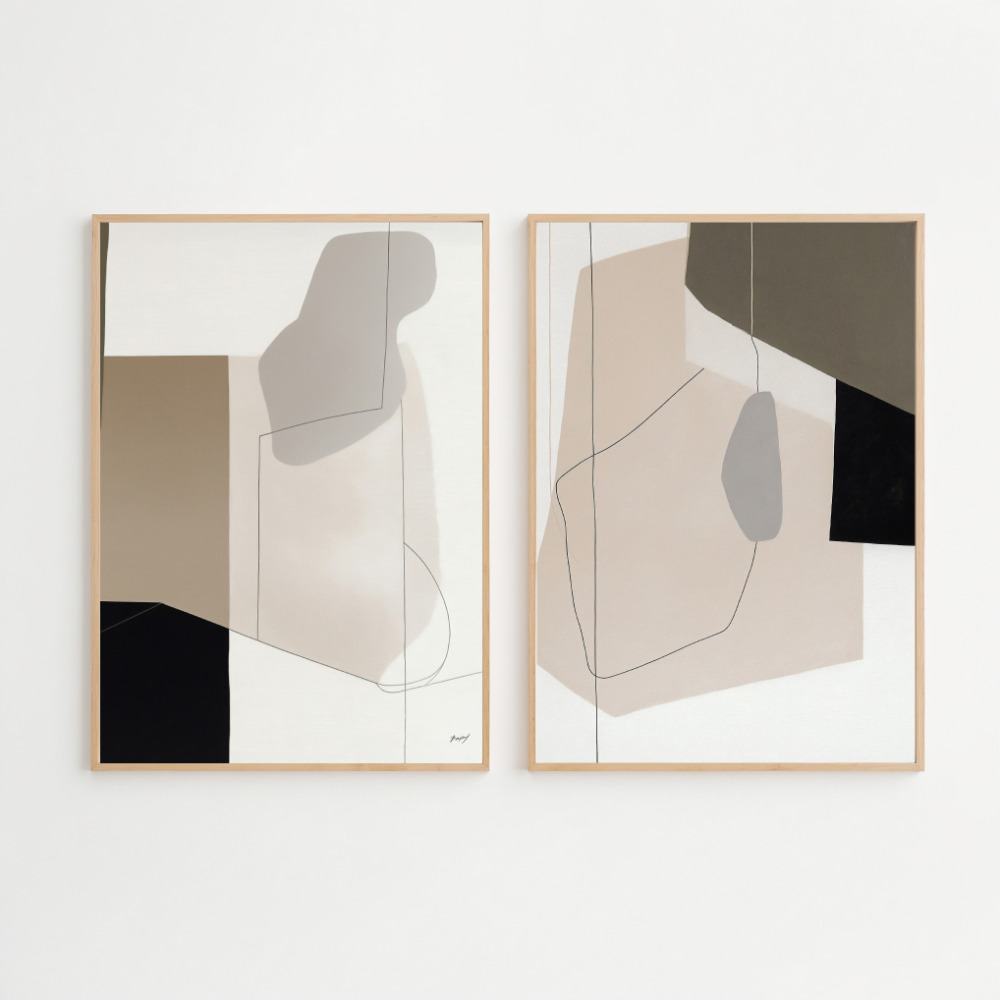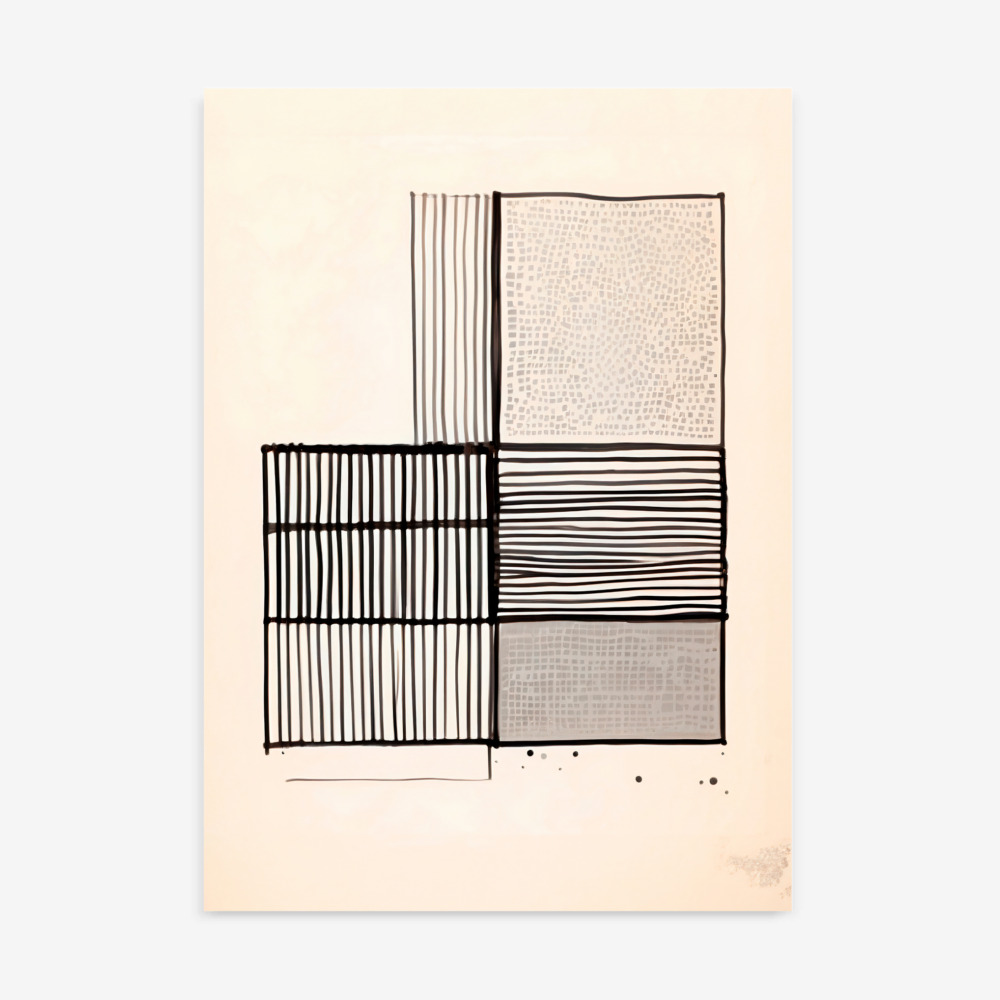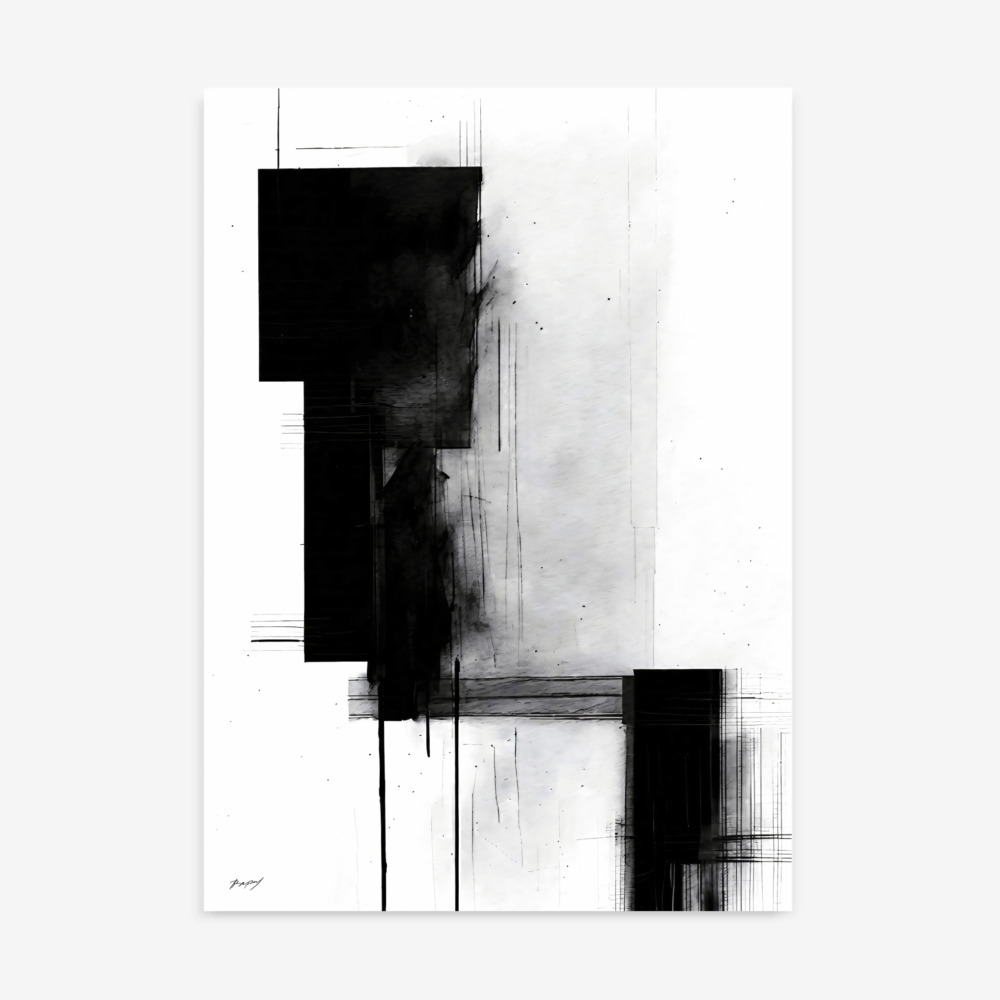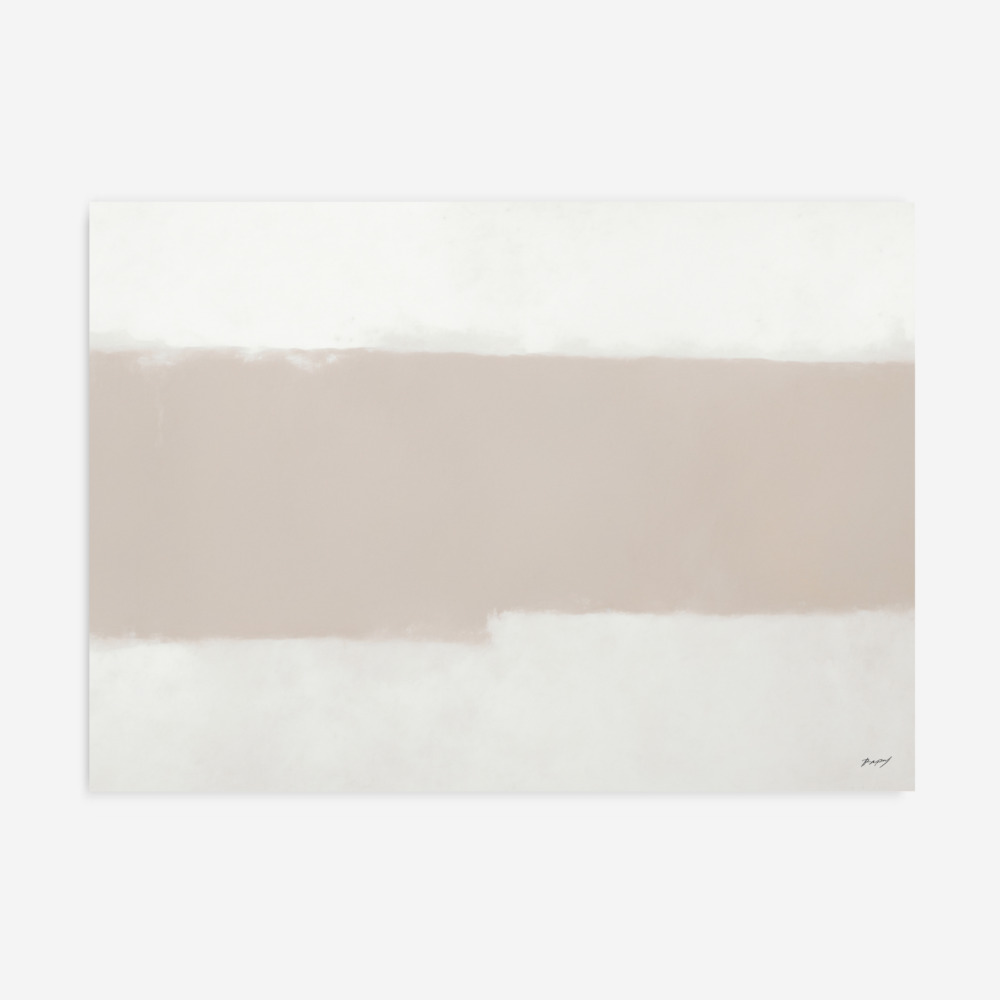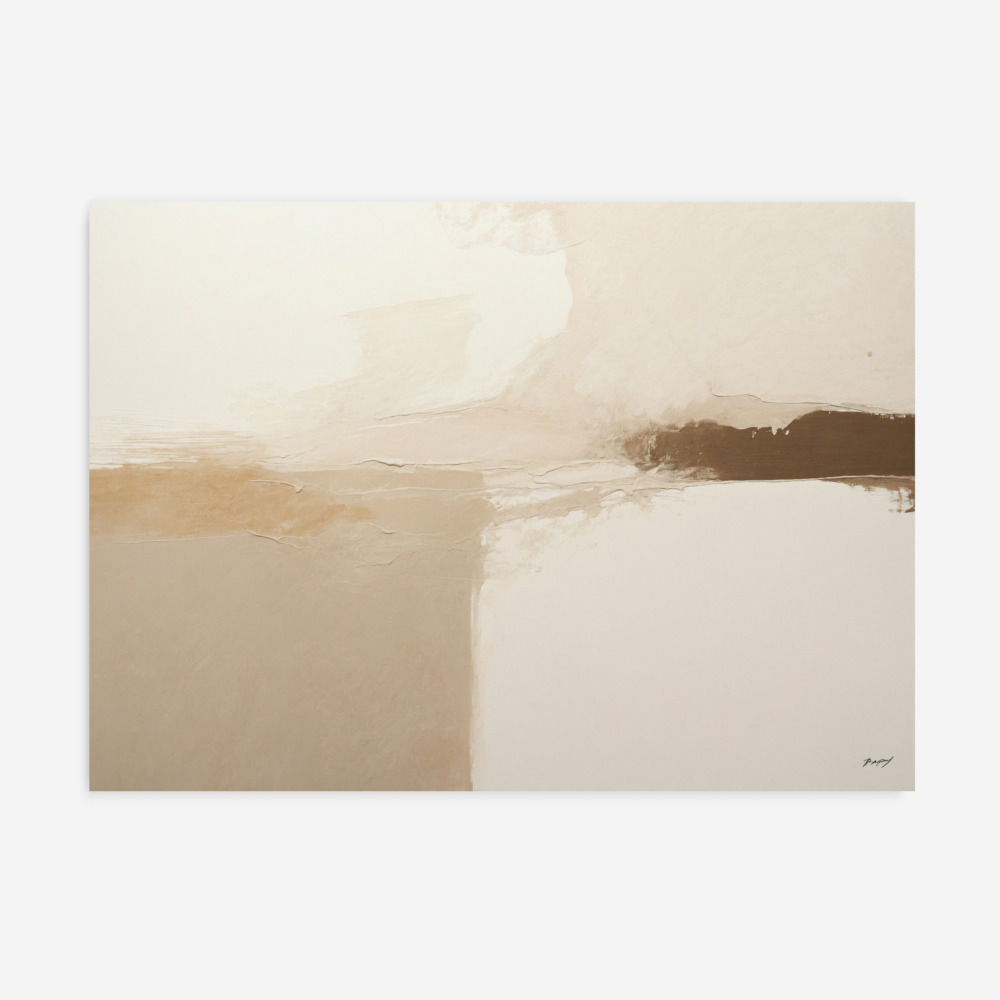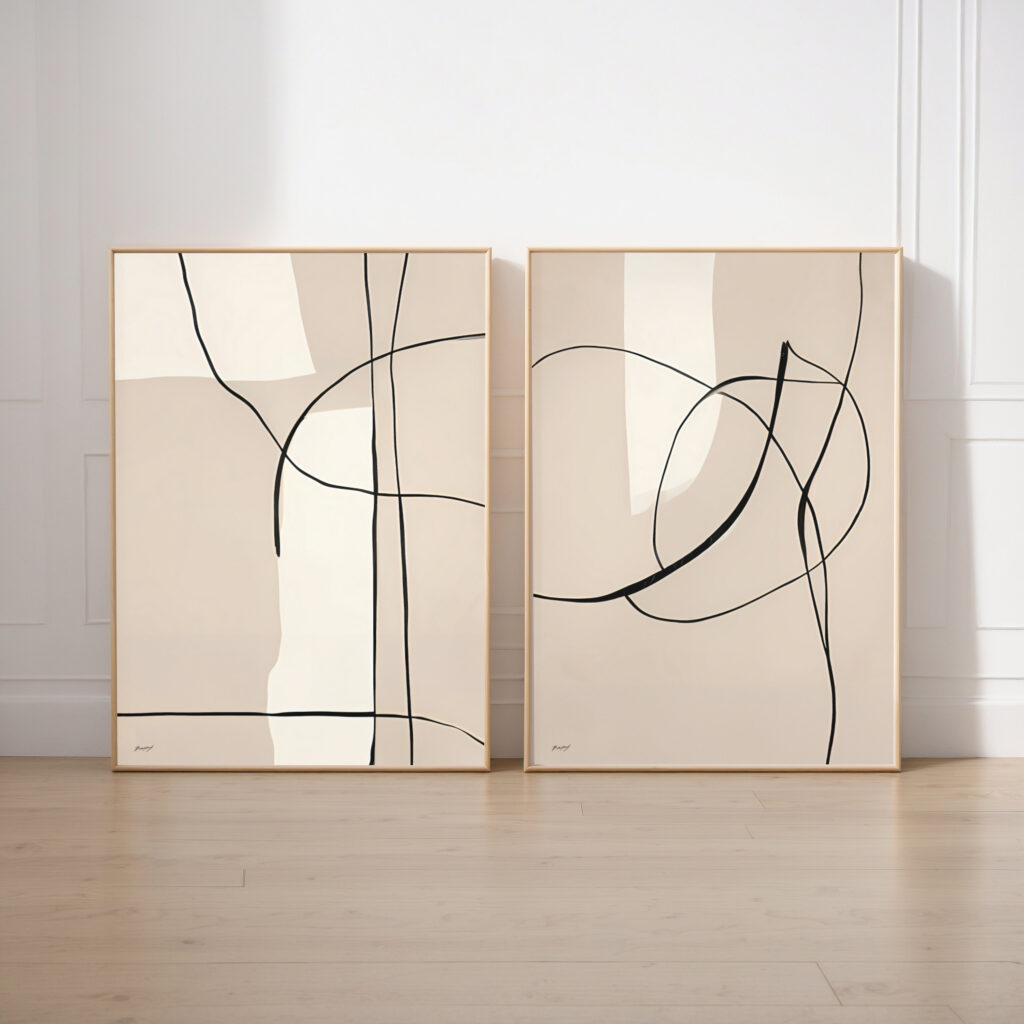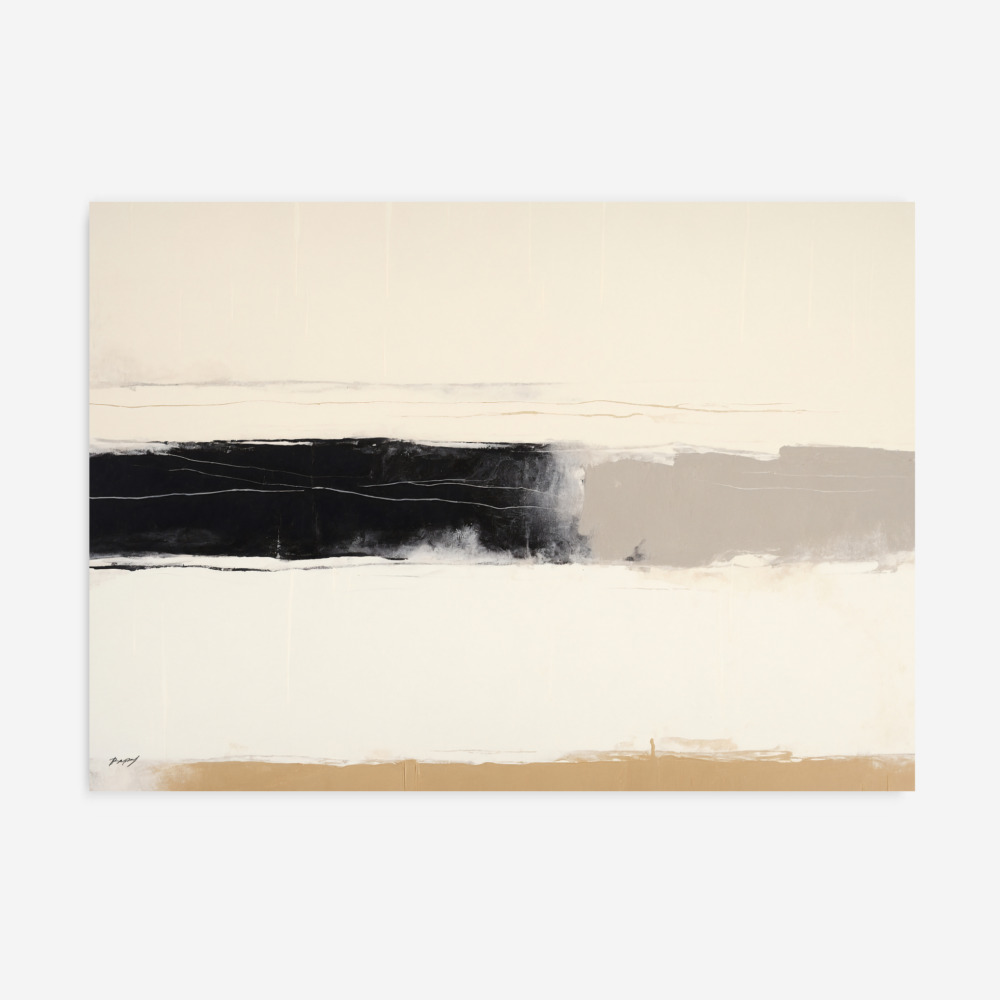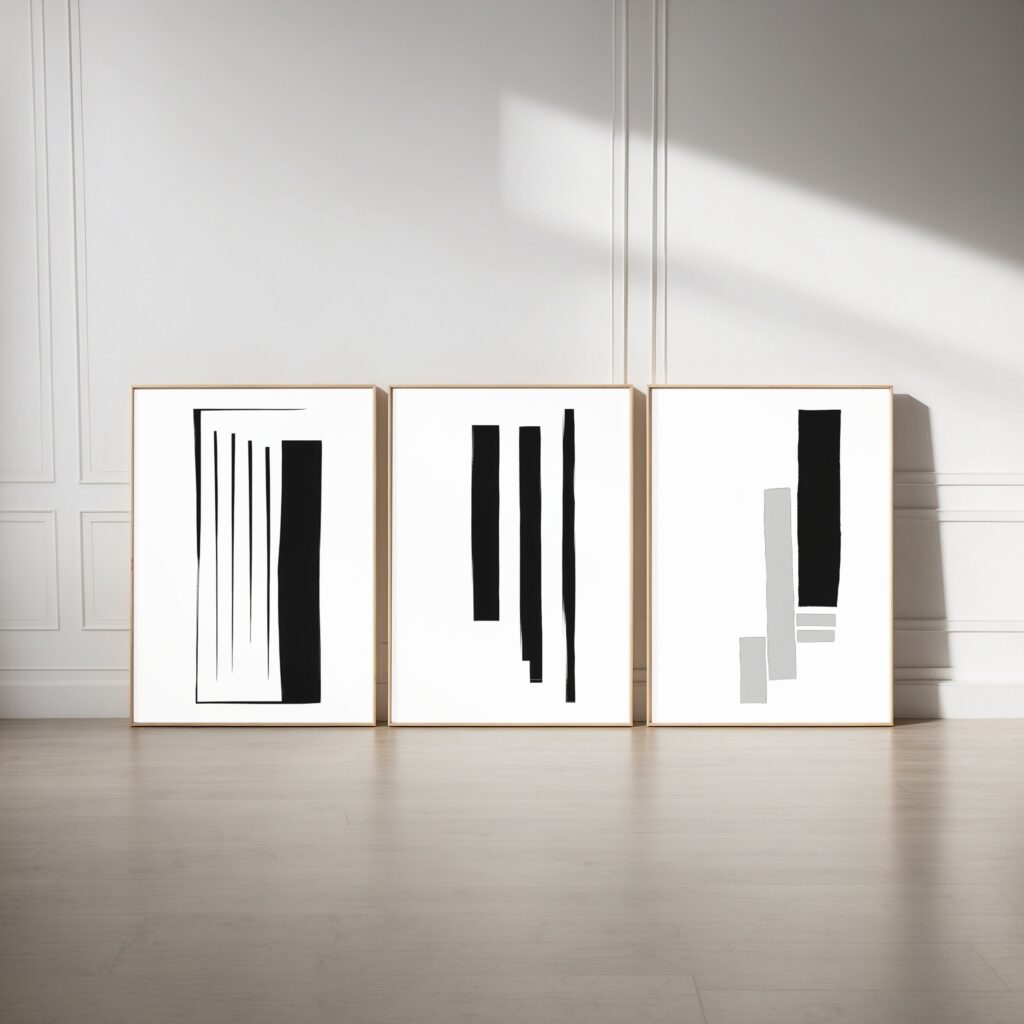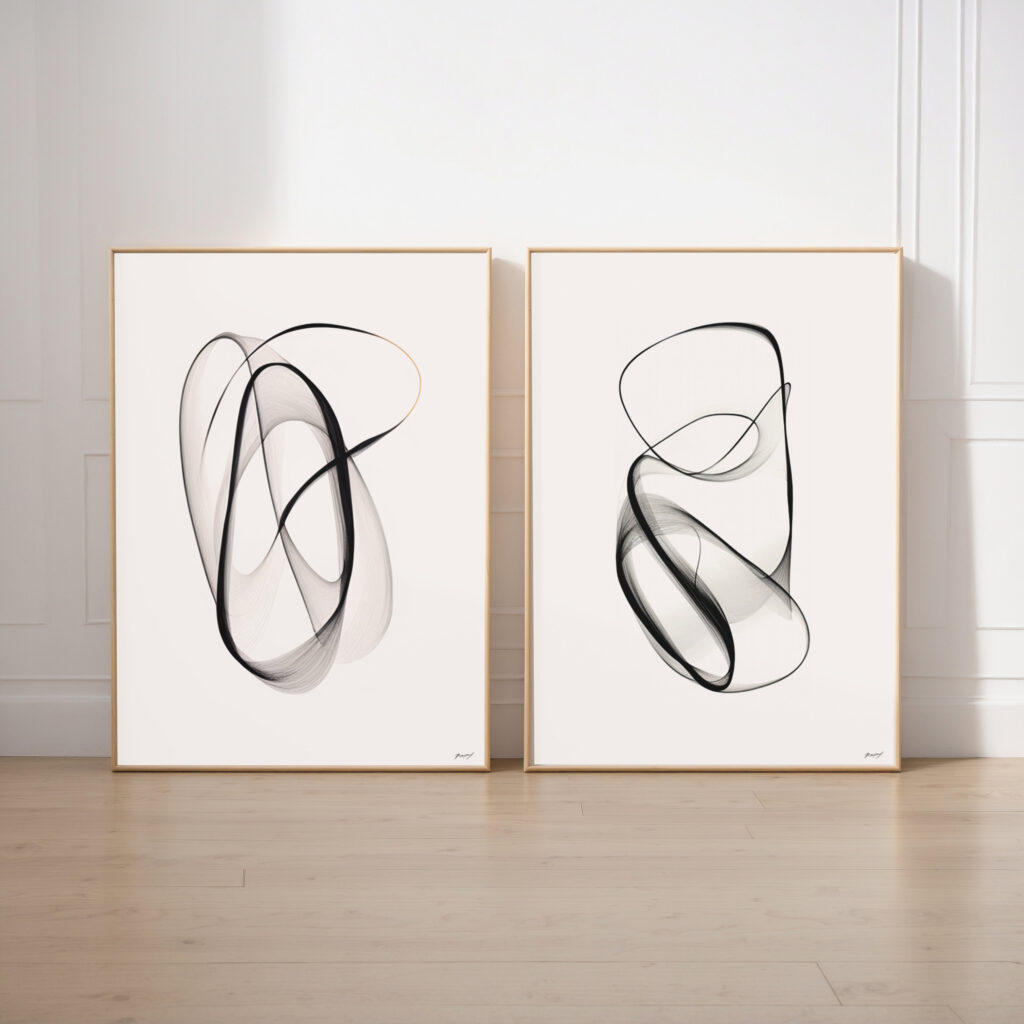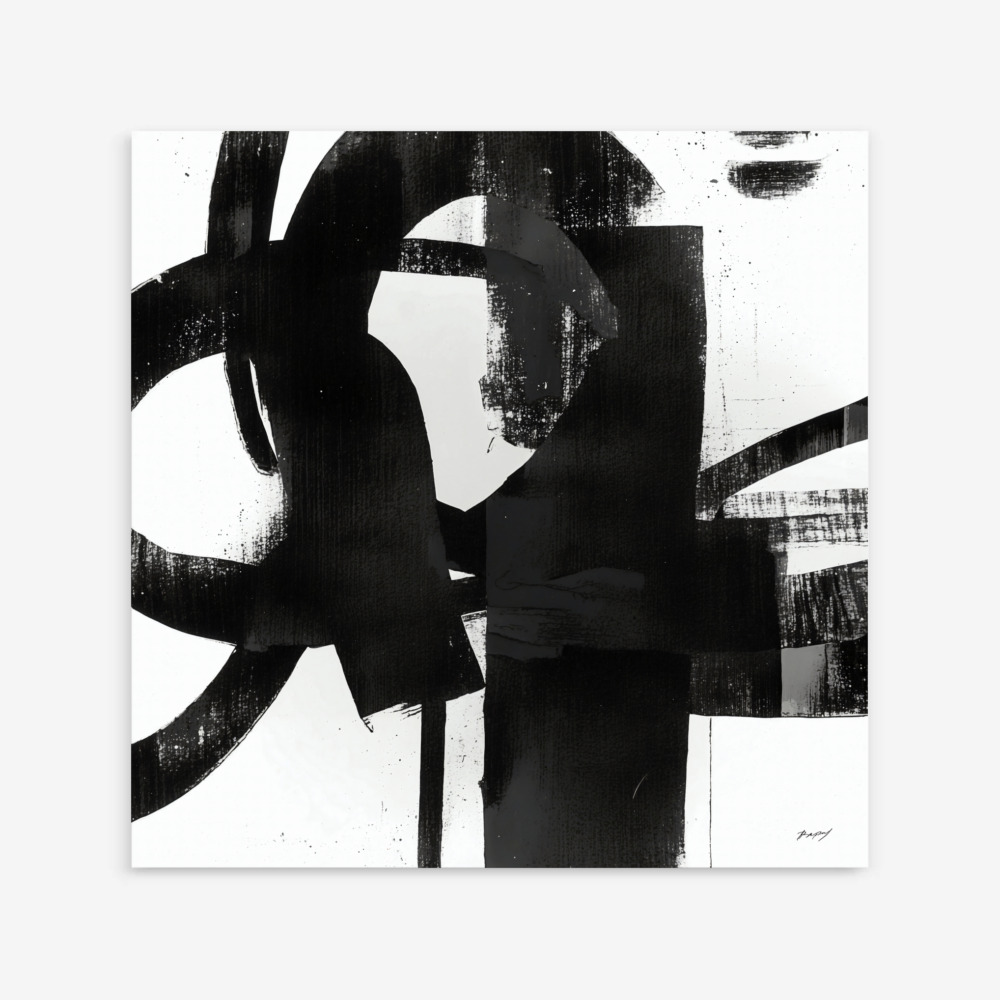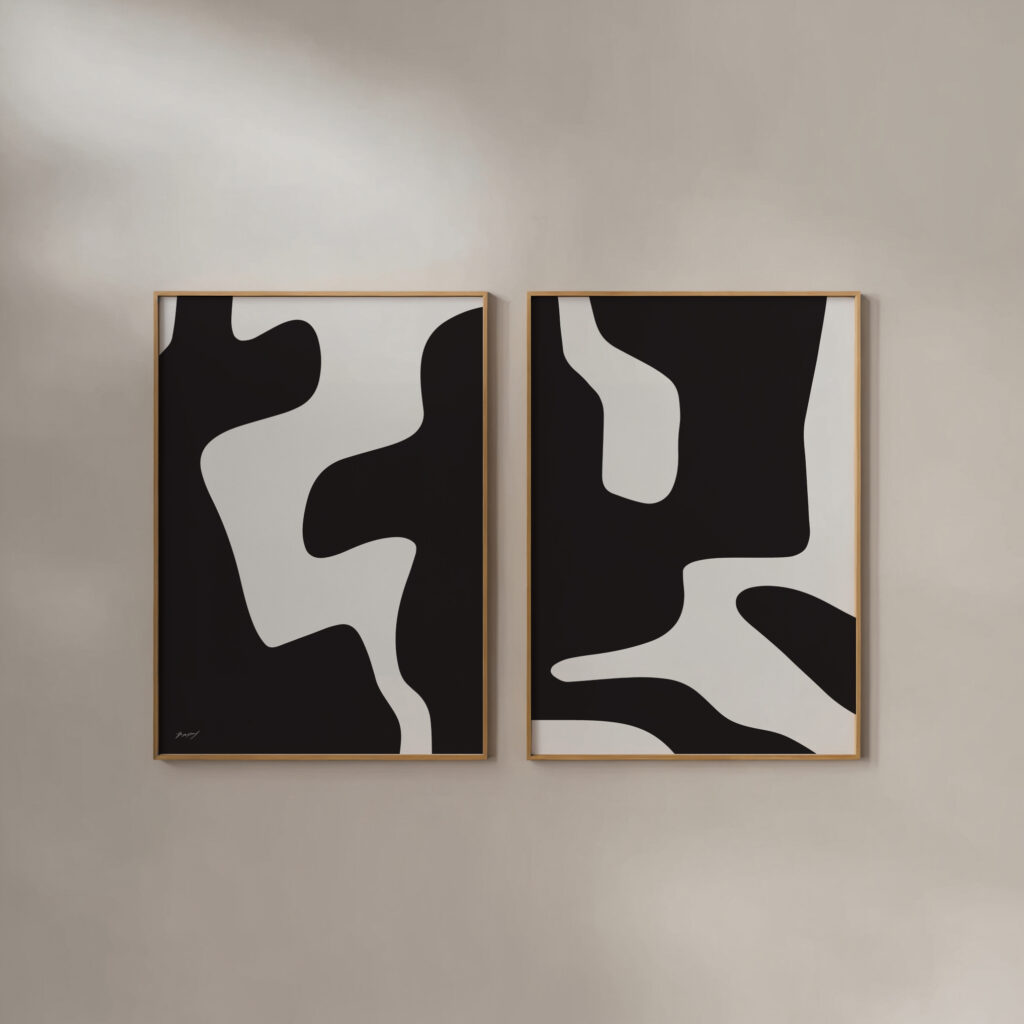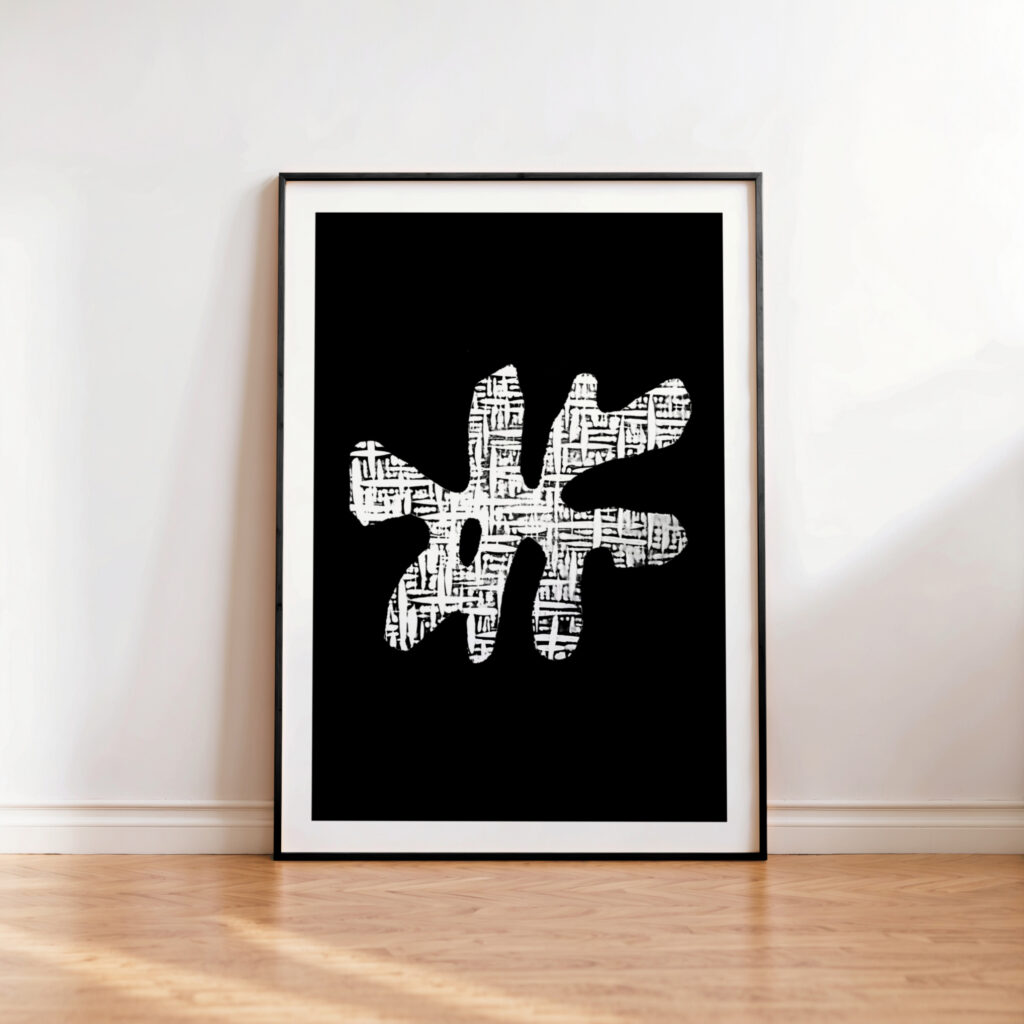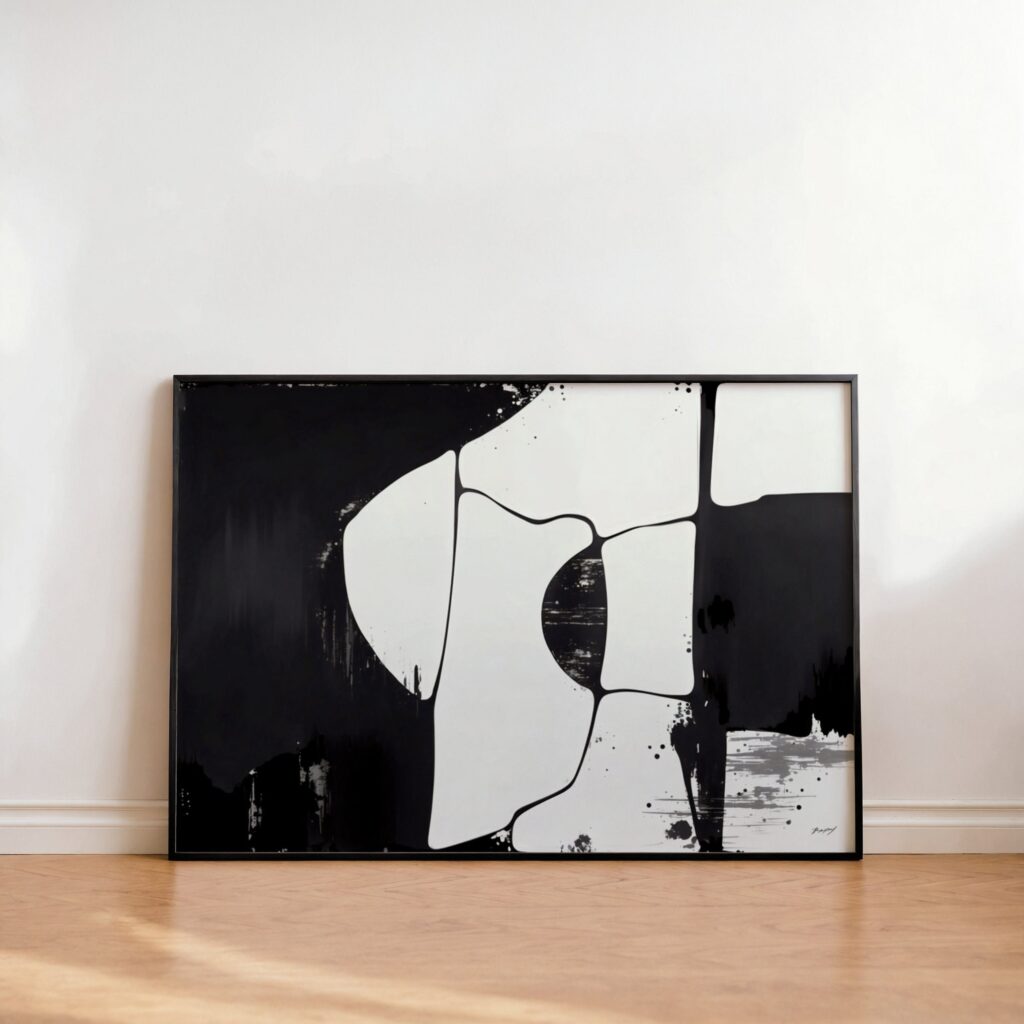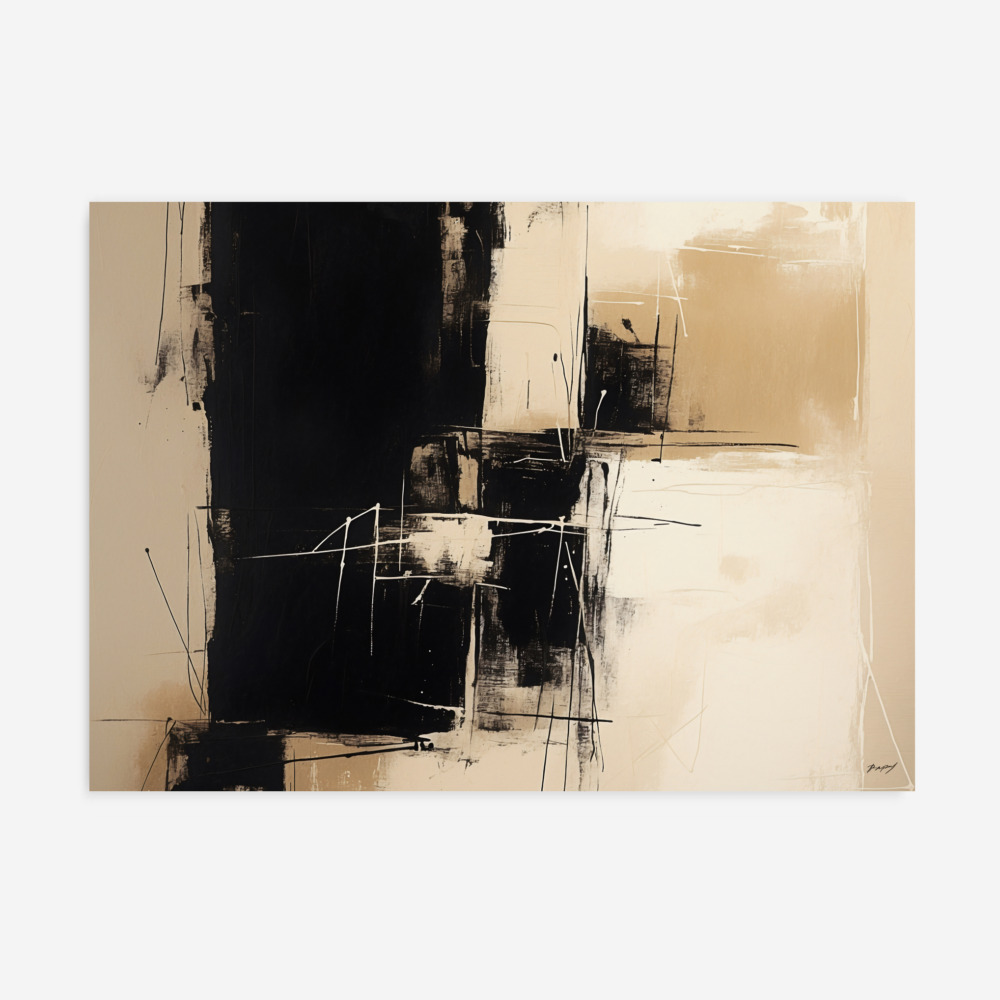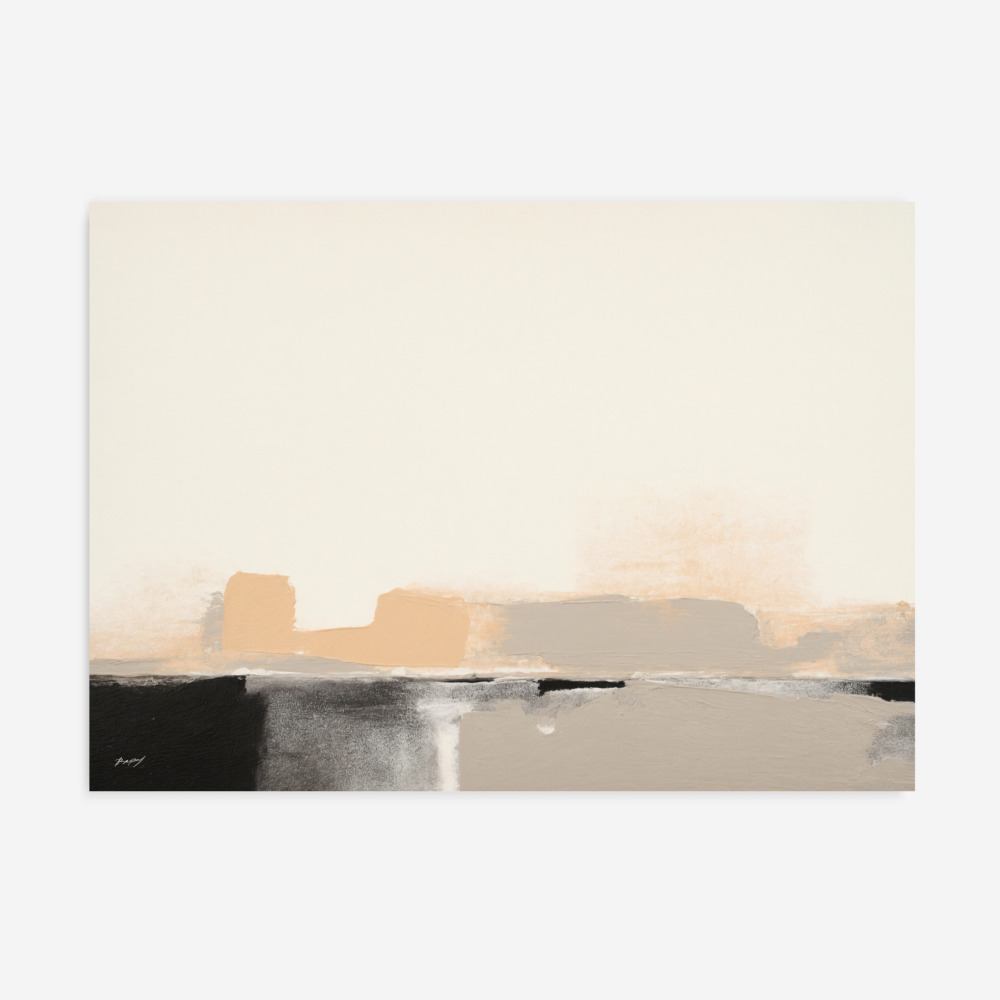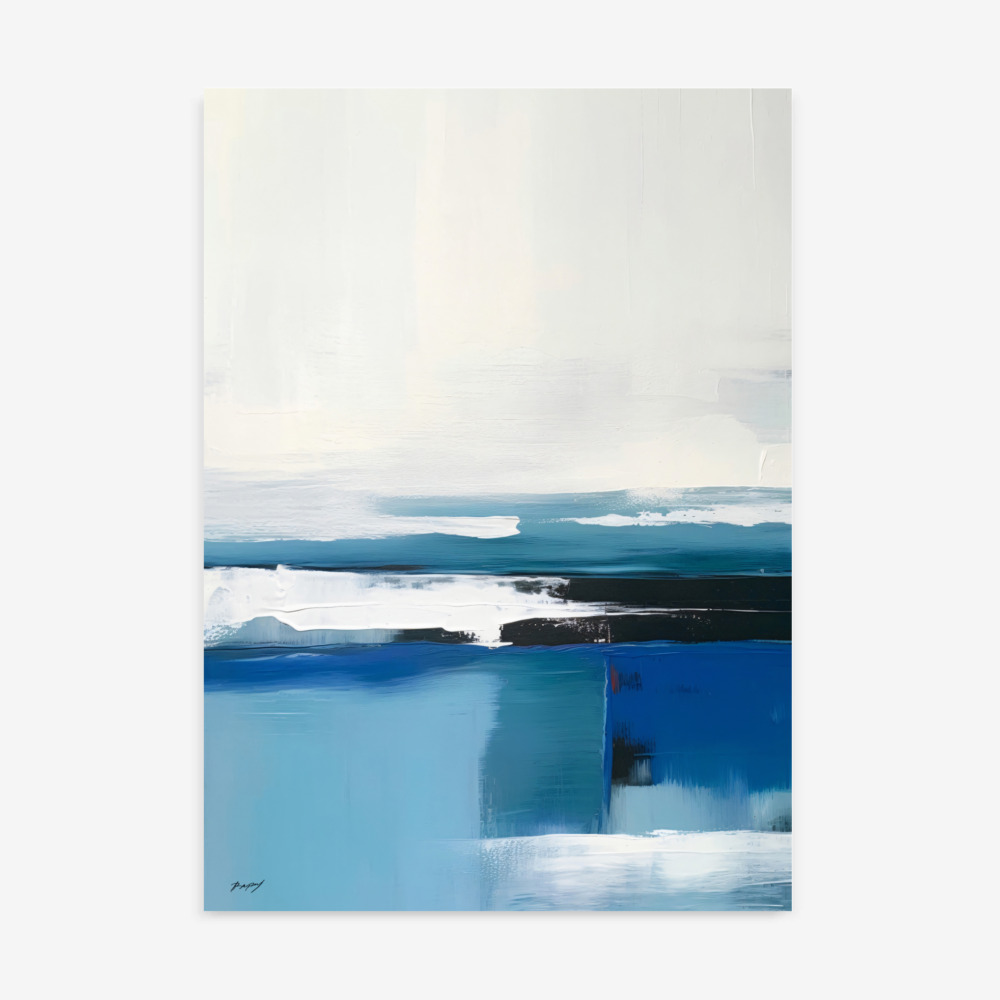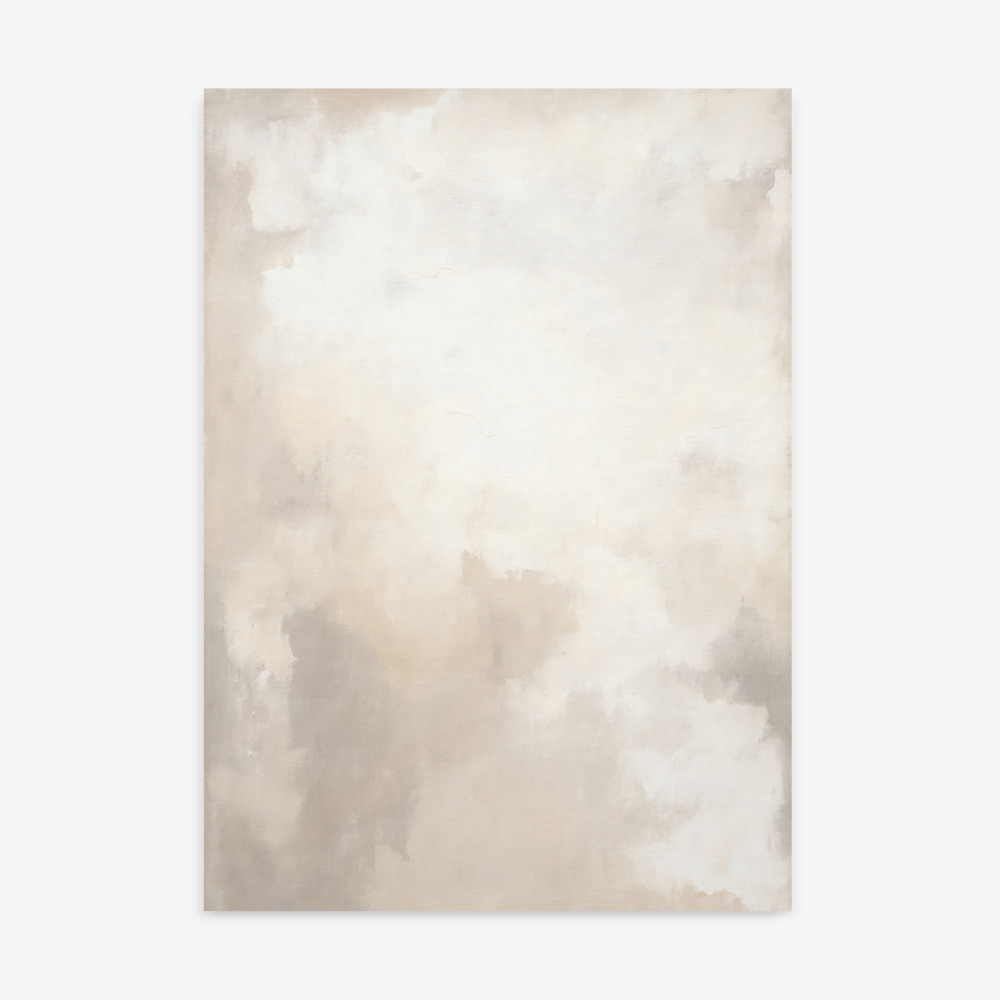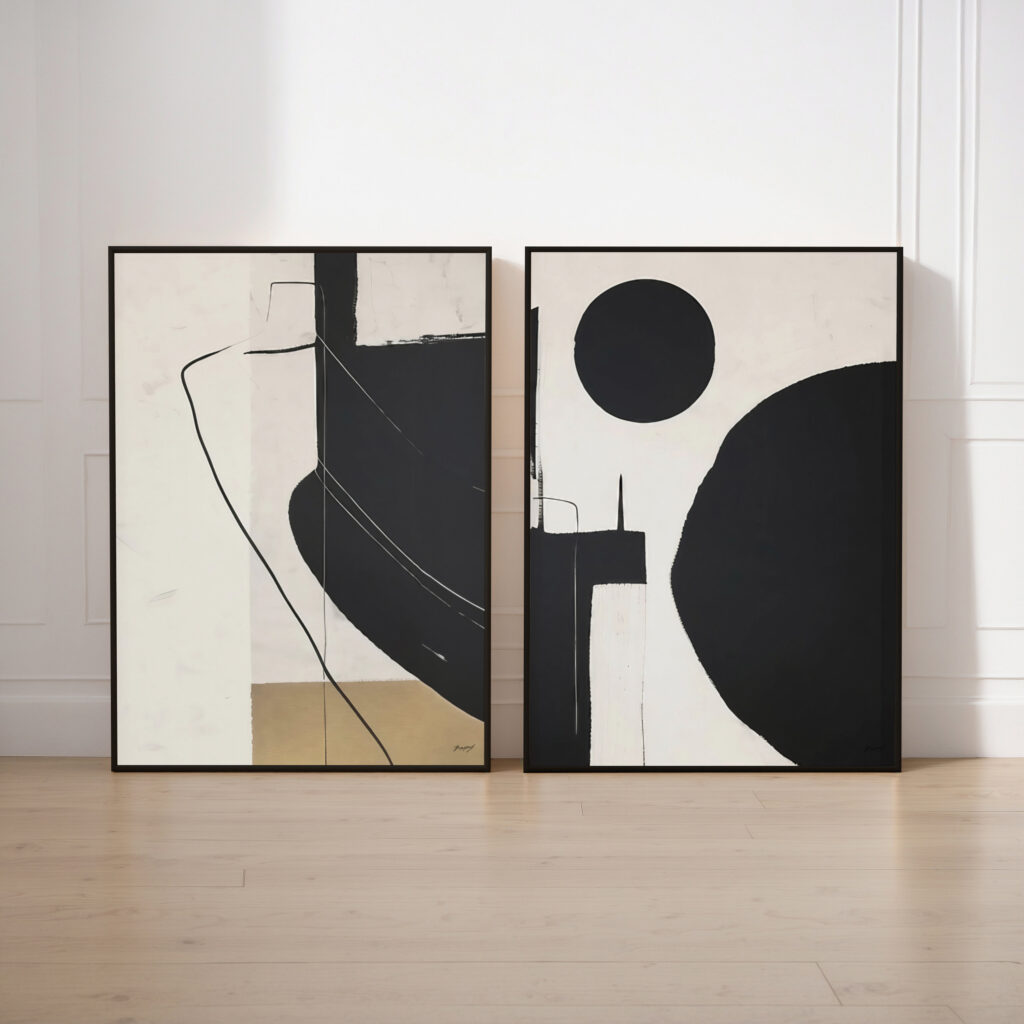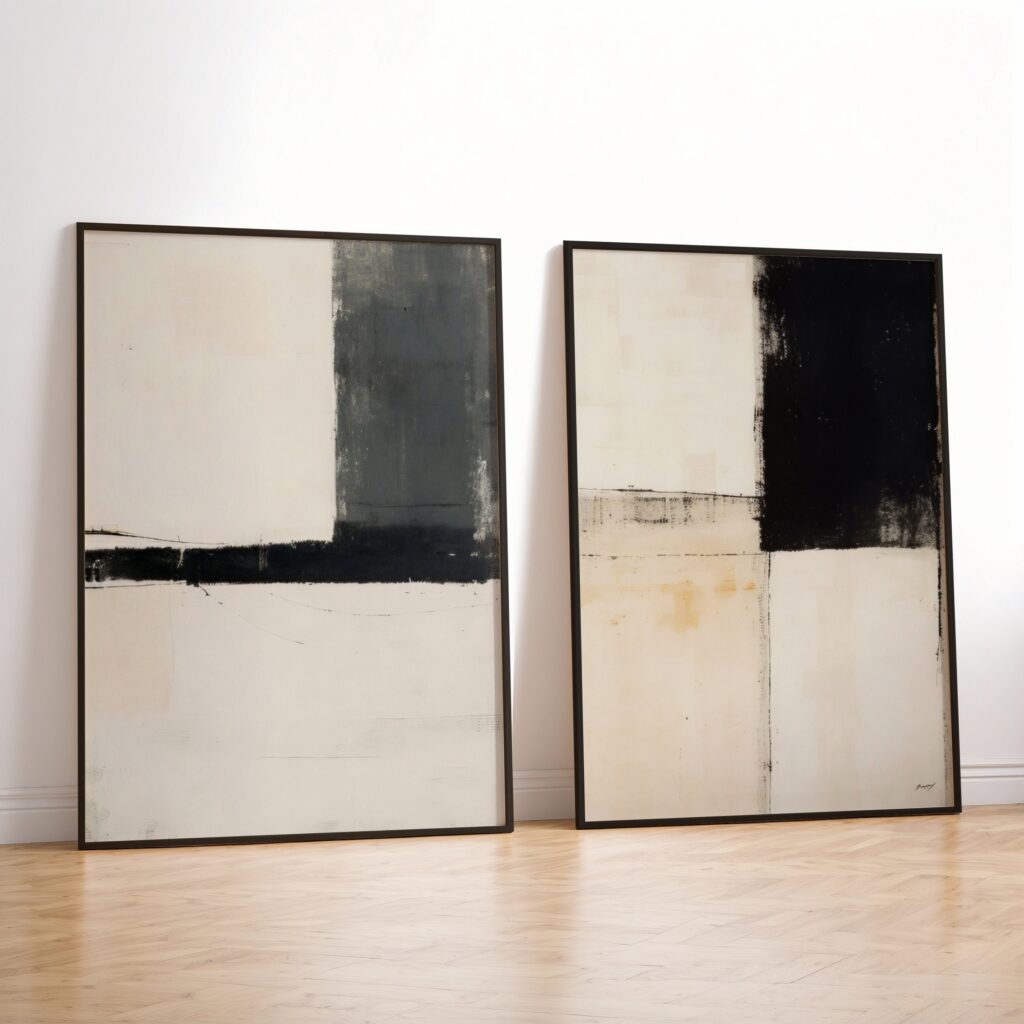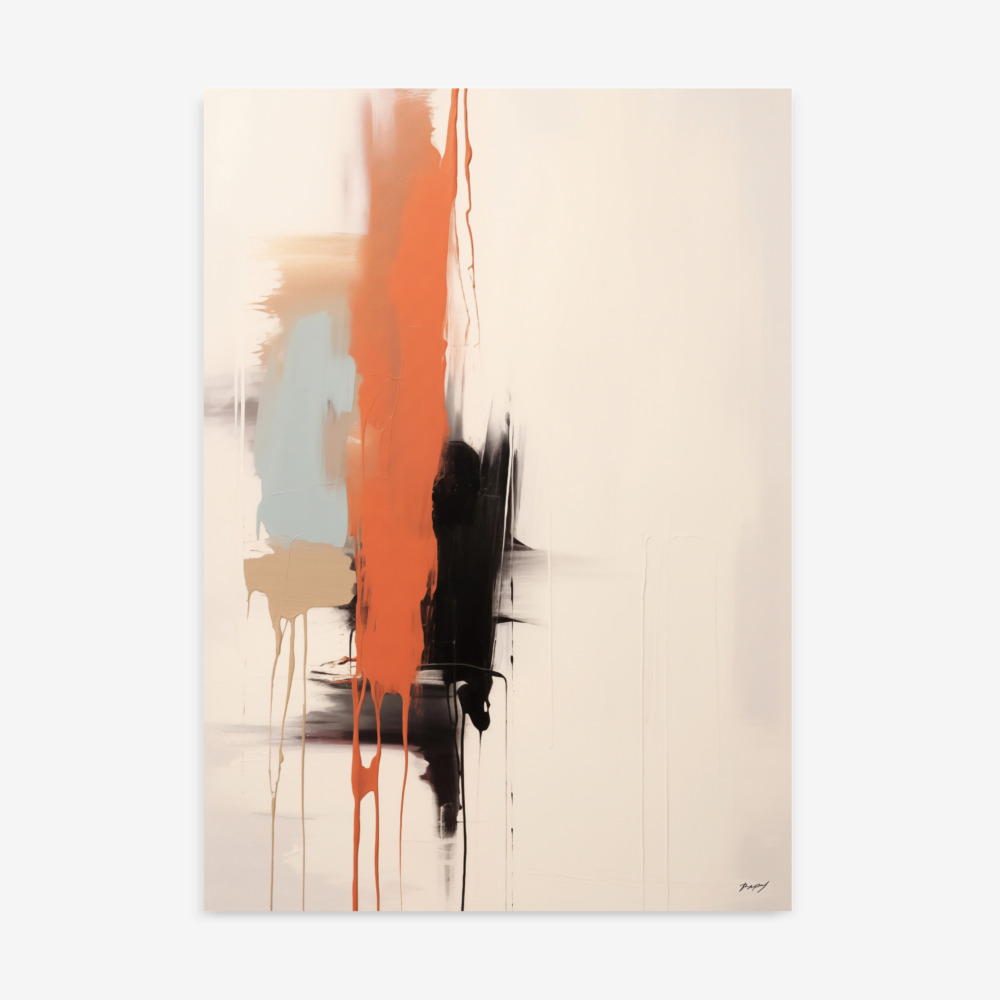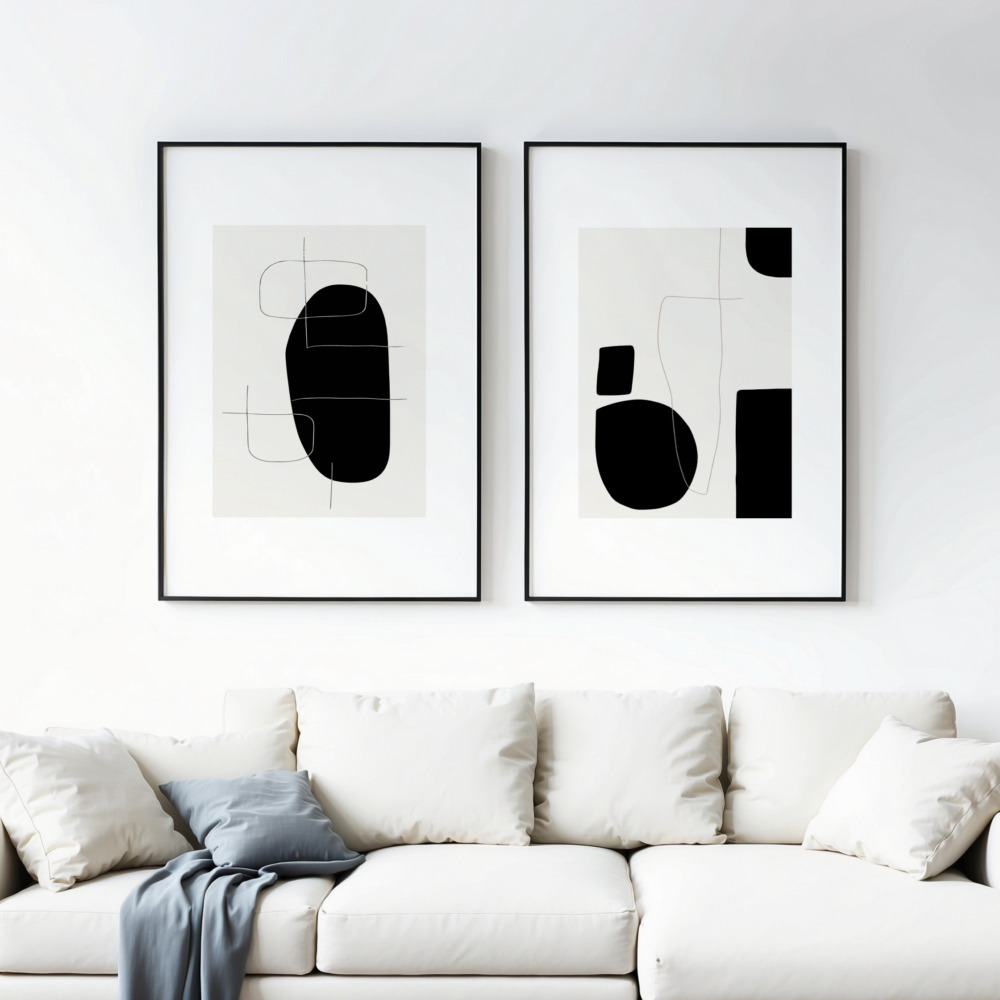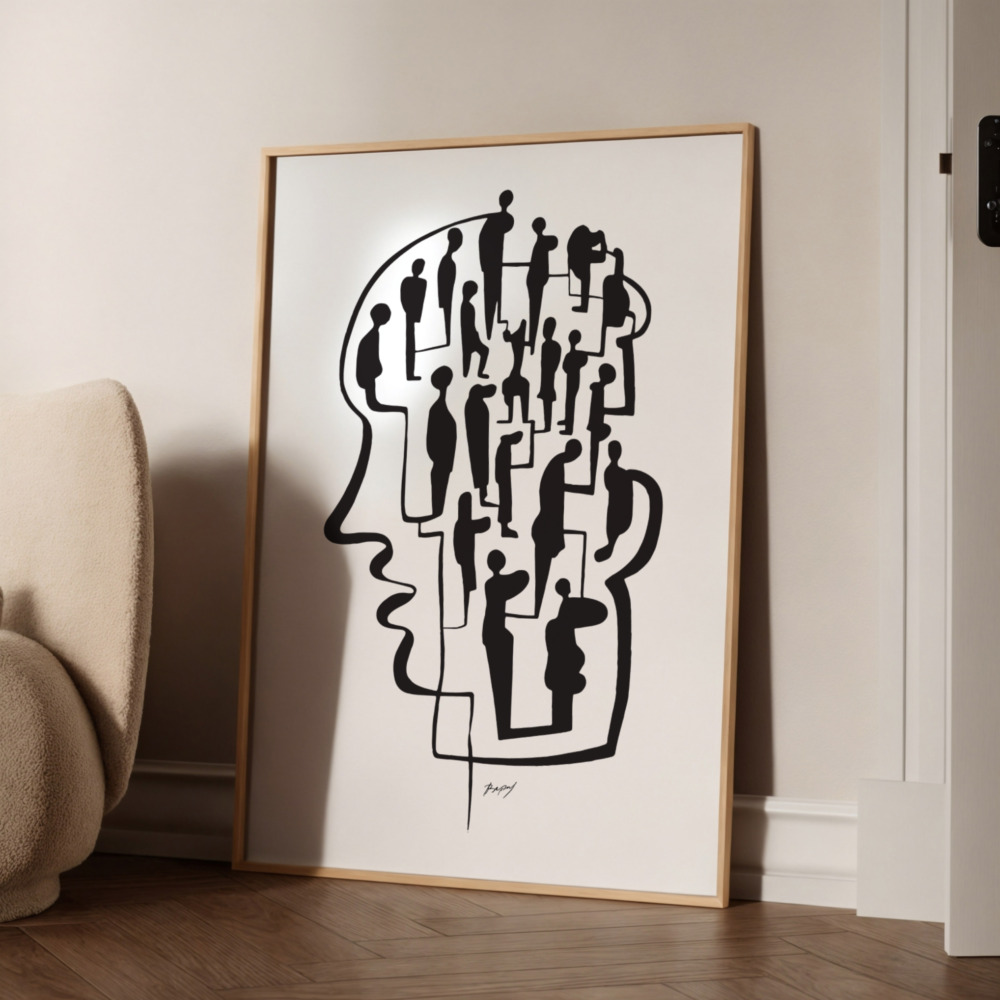Have you ever stood before a painting that doesn’t depict a recognizable object, yet stirred something profound within you? A swirl of color, a bold stroke, an unexpected juxtaposition of forms – abstract art has a unique power to bypass our logical minds and speak directly to our emotions. It invites us on a personal journey of interpretation, where feelings and intuition take center stage.
Abstract art, often misunderstood or dismissed as mere randomness, is in fact a rich and complex realm of artistic expression. It’s a departure from representational art, where the goal is to depict the tangible world. Instead, abstract artists use the fundamental elements of art – color, line, shape, texture, and form – to convey emotions, ideas, and experiences in a non-objective way. It’s a language of feeling expressed through visual means.
This blog post will delve into the captivating world of abstract art, exploring its origins, key characteristics, and the profound ways it evokes emotion through its unique language of form and color.
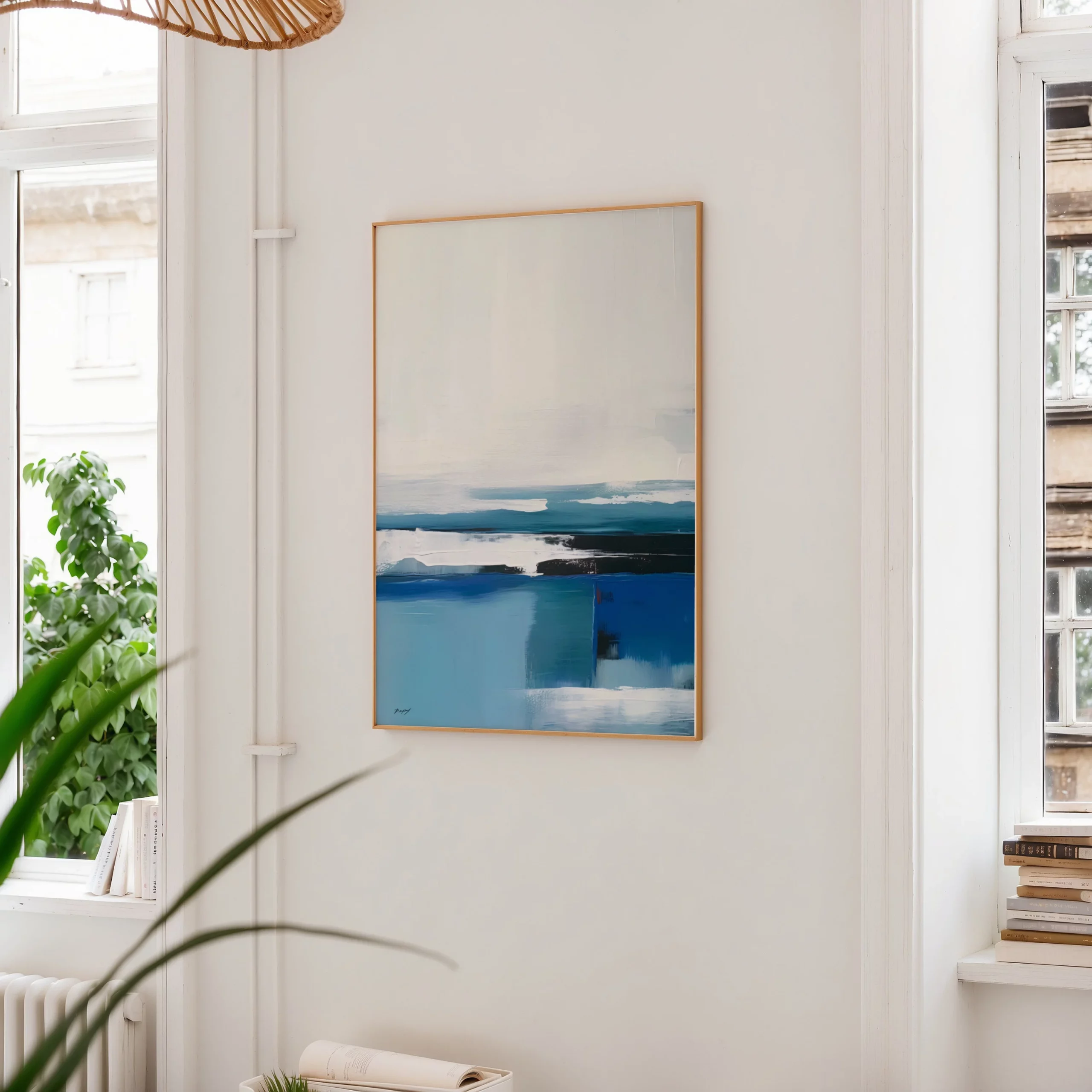
I. The Genesis of Abstraction: Breaking Free from Representation
The emergence of abstract art in the early 20th century marked a pivotal moment in the history of art. Artists, increasingly influenced by societal changes, scientific discoveries, and a burgeoning interest in the inner world, began to question the traditional role of art as a mere imitation of reality. Movements like Impressionism, Post-Impressionism, Fauvism, and Expressionism paved the way by emphasizing subjective experience, emotional intensity, and the expressive potential of color and brushstroke.
Pioneering artists such as Wassily Kandinsky, often credited as one of the first purely abstract painters, believed that art could and should be as expressive as music. He explored the spiritual in art, seeking to create works that resonated with inner feelings and universal emotions through the power of color and form alone. Piet Mondrian, another key figure, developed a geometric abstract style, reducing his compositions to fundamental lines and primary colors, aiming to achieve a sense of universal harmony and order.
This break from representational art was not a rejection of the visible world but rather a shift in focus. Artists sought to explore the underlying structures, rhythms, and energies that exist beyond the surface of things. They aimed to tap into the emotional and psychological landscape, creating art that resonated with the viewer on a visceral level, free from the constraints of literal depiction.
II. The Language of Emotion: How Abstract Art Speaks to Our Feelings
Abstract art communicates through a visual language that relies on the fundamental elements of artistic expression. Understanding these elements can deepen your appreciation for how these works evoke such powerful emotions:
-
Color: Color is perhaps the most direct and potent tool in the abstract artist’s arsenal. Different colors have long been associated with specific emotions and psychological responses. Warm colors like red, orange, and yellow can evoke feelings of energy, passion, excitement, and even anger. Cool colors such as blue, green, and violet often suggest calmness, serenity, introspection, and melancholy. The intensity, saturation, and juxtaposition of colors within an abstract artwork can create a symphony of feelings, stirring a wide range of emotional responses in the viewer.
-
Line: Lines, whether bold and assertive or delicate and flowing, contribute significantly to the emotional impact of abstract art. Straight lines can convey a sense of order, structure, and stability, while curved lines might suggest movement, fluidity, and grace. Jagged or broken lines can evoke feelings of tension, anxiety, or dynamism. The direction and weight of a line can guide the viewer’s eye and contribute to the overall emotional tone of the piece.
-
Shape and Form: Abstract art utilizes a vast array of shapes and forms, both geometric and organic, to create visual interest and emotional resonance. Geometric shapes like squares, circles, and triangles can suggest order, rationality, and stability. Organic shapes, with their flowing and irregular contours, often evoke a sense of nature, growth, and spontaneity. The arrangement and interaction of these shapes within the composition can create feelings of harmony, tension, balance, or chaos.
-
Texture: While often experienced visually in two-dimensional art like prints, the implied texture in abstract works can also evoke tactile sensations and emotional responses. Rough, impasto-like textures might suggest intensity and physicality, while smooth, blended surfaces can create a sense of serenity and refinement. The way light interacts with these implied textures can further enhance the emotional depth of the artwork.
-
Composition: The way these elements are organized and arranged within the artwork – the composition – plays a crucial role in its emotional impact. A balanced composition might create a sense of harmony and stability, while an asymmetrical or dynamic composition could evoke feelings of tension or excitement. The use of negative space, the focal points within the artwork, and the overall flow of the visual elements all contribute to the emotional narrative of the piece.

III. Exploring the Emotional Landscape of Abstract Art
Abstract art has the power to evoke a wide range of emotional responses, making it a compelling choice for personal and interior expression. From bold gestures to subtle textures, each style within the abstract genre brings its own unique energy and atmosphere. Let’s explore some of the most emotionally resonant styles:
- Bold Gestural Abstraction
Imagine a piece filled with sweeping brushstrokes and vibrant, uninhibited colors. This style, often associated with action painting, conveys a sense of energy, passion, and spontaneity. The dynamic lines and expressive marks bring movement and intensity to a space, making it an ideal choice for those looking to create a bold, emotional statement.
- Minimalist Geometric Abstraction
Consider artwork composed of clean lines, precise geometric forms, and a refined color palette — sometimes limited to striking black and white. This style offers a sense of calm, clarity, and intellectual balance. Its simplicity brings sophistication and serenity to modern environments, making it perfect for minimalist interiors.
- Color Field Painting
Envision large expanses of color that invite the viewer to immerse themselves in pure sensation. This form of abstraction uses subtle variations and tonal harmony to evoke feelings ranging from awe and peace to quiet melancholy. It’s a style that relies on color as a direct emotional language, inviting introspection and contemplation.
- Lyrical Abstraction
Flowing lines, soft edges, and delicate transitions define this atmospheric style. Often described as poetic or dreamlike, lyrical abstraction tends to evoke introspection, softness, and emotional nuance. Its harmonious palettes and gentle motion create an ambiance of quiet beauty and personal reflection.
- Textural Abstraction
Imagine an artwork where texture is central — whether achieved through layered paint effects or digital simulation. These pieces appeal not only visually but also viscerally, offering a tactile experience that can evoke ruggedness, depth, or intricate subtlety. The added complexity of texture draws the viewer in and encourages closer engagement.

IV. Integrating Abstract Art into Your Home: Creating Emotional Resonance
Incorporating abstract wall art into your home décor is a wonderful way to personalize your space and create an environment that reflects your unique emotional landscape. Here are some tips to consider when you buy art prints online:
-
Consider the Mood You Want to Create: Think about the overall feeling you want to cultivate in each room. Do you want your living room to be energetic and vibrant? Perhaps a bold, colorful abstract print would be ideal. Are you aiming for a calming and serene atmosphere in your bedroom? A minimalist or color field abstract print with soothing hues might be a perfect choice.
-
Pay Attention to Color Harmony: Consider how the colors in the abstract art print will interact with the existing color palette of your room. You can choose a piece that complements your décor by picking out similar tones, or you can opt for a contrasting piece that creates a striking focal point.
-
Think About Scale and Placement: The size of the abstract art print should be appropriate for the size of the wall and the space around it. A large, impactful piece can command attention on a feature wall, while smaller prints can be grouped together to create a gallery wall or used to add subtle touches of color and interest in smaller spaces.
-
Don’t Be Afraid to Experiment: Abstract art encourages personal interpretation, so trust your instincts and choose pieces that genuinely resonate with you, regardless of current trends. Sometimes the most unexpected choices can create the most impactful and emotionally fulfilling spaces.
-
Explore Black and White Abstraction: Don’t overlook the power of black and white art prints. The absence of color can amplify the impact of form, line, and texture, creating a sophisticated and often deeply emotional visual experience. Black and white abstract art can add a timeless and elegant touch to any interior.
-
Consider Framing: The right frame can enhance the aesthetic appeal of your abstract art print and further contribute to the overall mood. A simple, modern frame can complement a minimalist piece, while a more ornate frame might suit a bolder, more expressive work.
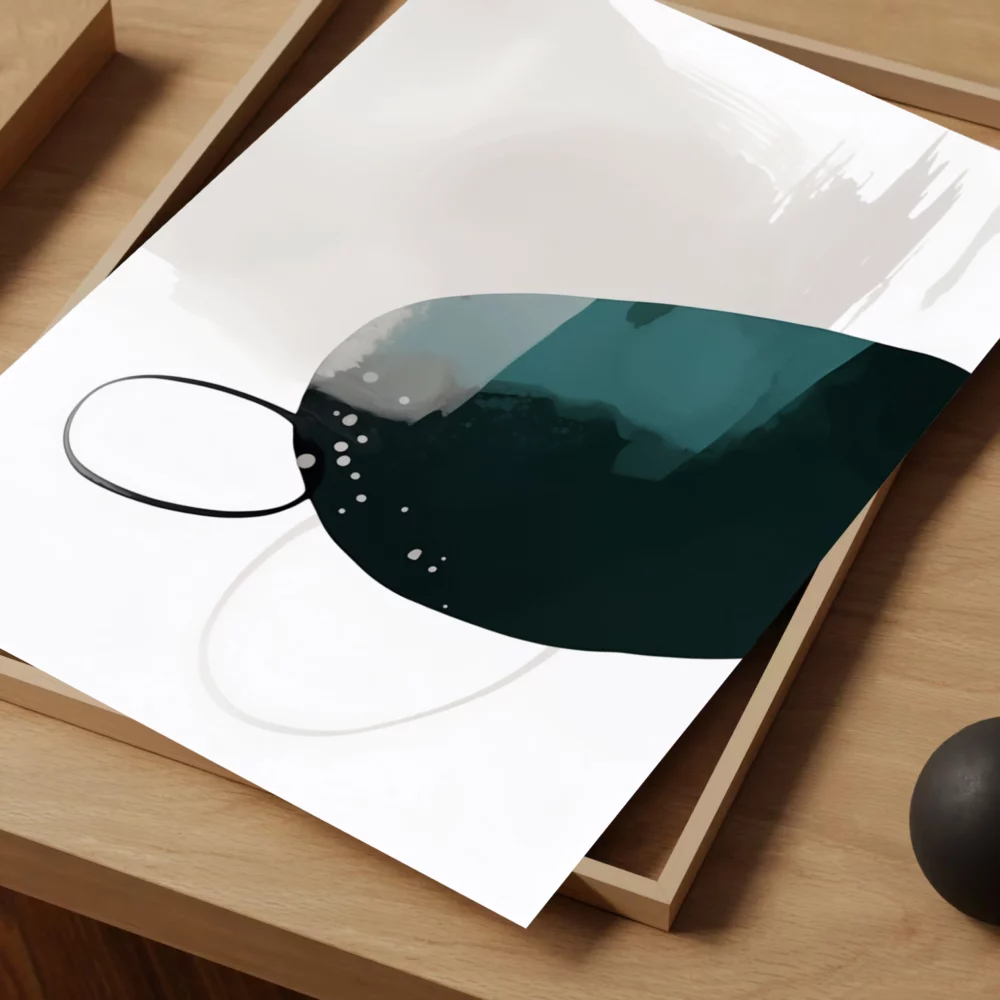
V. The Enduring Appeal of Abstract Art: A Continual Journey of Discovery
Abstract artworks offer a unique and enduring appeal because they invite us to engage with art on a deeply personal and emotional level. Unlike representational art, which often tells a specific story, abstract art provides a starting point for our own interpretations and feelings. It encourages us to look beyond the surface and connect with the artwork in a more intuitive and subjective way.
As you continue your journey through the world of abstract art, remember that there are no right or wrong answers when it comes to how you experience a piece. What one person finds calming, another might find energizing. The beauty of abstract art lies in its ability to spark individual connections and evoke a wide spectrum of emotions.
At Print Studio, we are passionate about sharing the transformative power of abstract art. Our carefully selected collection of art prints offers a gateway to this fascinating realm, allowing you to bring pieces of emotional resonance and visual intrigue into your own home. We believe that art should be an accessible and enriching part of everyday life.
Conclusion: Abstract art is more than just a collection of colors and shapes; it’s a journey into the realm of emotion and form, an invitation to explore your inner landscape and connect with art on a deeply personal level. By understanding the fundamental elements of abstract art and exploring the diverse styles available, you can unlock a new appreciation for this powerful form of expression. We encourage you to browse the captivating collection of abstract art prints at Print Studio, where you can discover affordable art prints, and find the perfect pieces to ignite your emotions and transform your living spaces. Start your journey of emotional and visual discovery today and buy art prints online that truly speak to you.

